The year 2023 was extremely successful for the Prague Zoo. 1234 young of 213 species of mammals, birds, reptiles and amphibians were born or hatched here. In addition to the exceptional rearing of the first nutcracker in Europe – the famous Šiška – we also recall the other 29 most outstanding cubs chronologically.
“The biggest breeding success of the Prague Zoo not only in 2023, but also one of the biggest successes in its entire history, was the rearing of the first cub of a lemur in Europe,” says the director of the Prague Zoo, Miroslav Bobek. “The importance of Šiška’s breeding is enhanced by the fact that thanks to it, it was possible to draw attention to the issue of protection of nutmegs. They are the most illegally traded mammals in the world, mainly because of their scales, which are used in traditional Chinese medicine. The pine cone thus became a kind of ambassador for wild nuts in the heart of Europe, and in a certain exaggeration, we began to refer to her as Her Excellency. However, we cannot leave out other important breedings, especially the loggerhead turtle, the lobe-finned hook, or the Australian sea urchin.”
The stated number of 1234 young of 213 species includes 389 young of 66 mammal species, 405/103 birds, 335/41 reptiles and 105/3 amphibians. In addition, 7 species of fish and 37 species of invertebrates have multiplied.
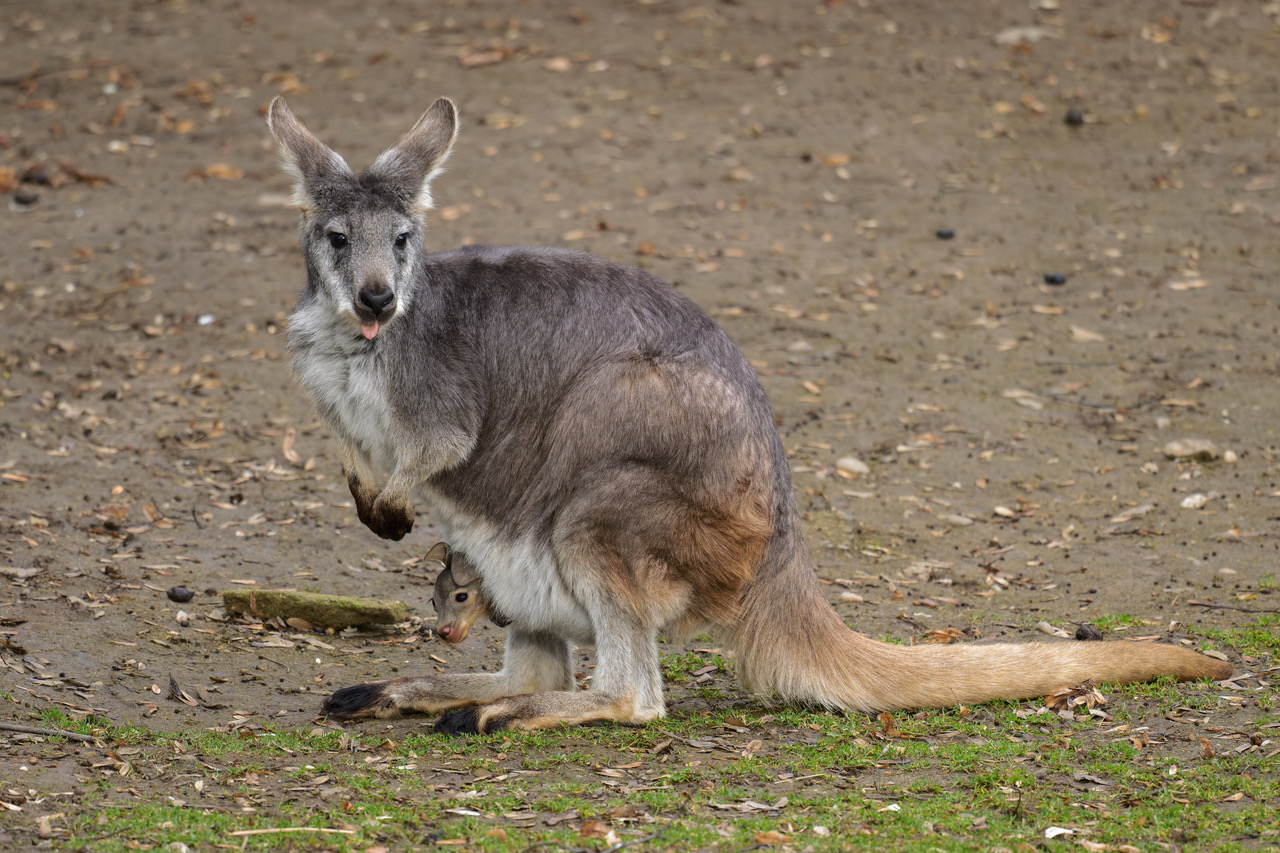
Mountain kangaroo: Although the cub was born in 2022, in the case of marsupials we are talking about the date of hatching rather than the date of birth. After birth, a small mountain kangaroo is only about 1-2 cm long and completely independent. He has to climb up the mother’s belly into the pouch, find the teat, and grab it in his mouth. Here it attaches itself firmly and grows for several months fed by mother’s milk, before it starts to peek out, which did not happen until January 2023. The cub was not left alone, and two siblings joined it during the year. Photo by Petr Hamerník, Prague Zoo
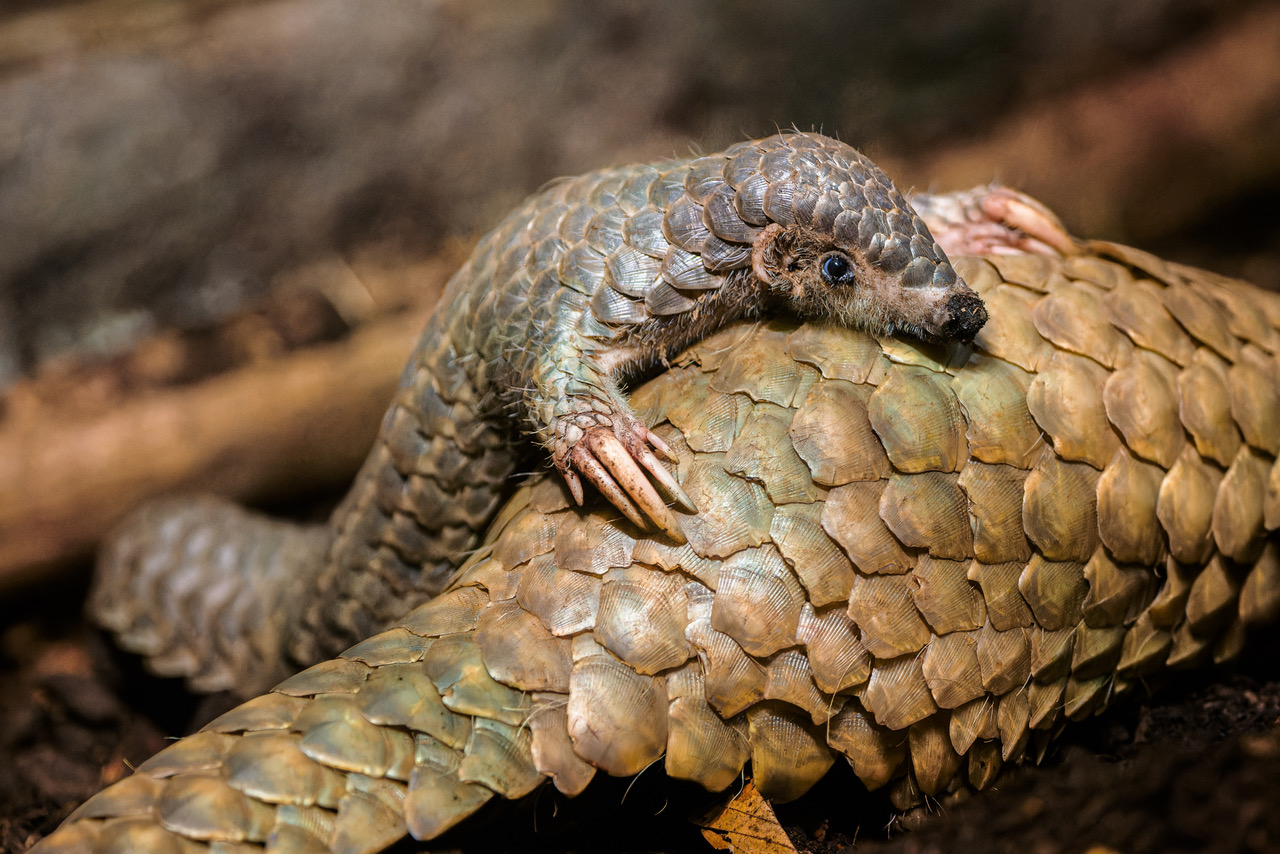
The short-tailed woodpecker: The female short-tailed woodpecker, later named Šiška, was born on February 2 in the early hours of the morning. She weighed
135 grams and due to her mother’s weak lactation, Run Hou Tang had to be partly artificially fed in the first weeks of her life. The problem was soon solved by means of supporting lactation, and in half a year of her life, Šiška was declared the first bred nutcracker in Europe. This event is a milestone of world importance also because nutcrackers are today the most smuggled mammals in the world, mainly due to the high demand for their scales in East Asian markets. At the same time, their breeding in human care is extremely demanding. Leading conservationist Jane Goodall also sent her congratulations to the Prague Zoo. Photo by Petr Hamerník, Prague Zoo
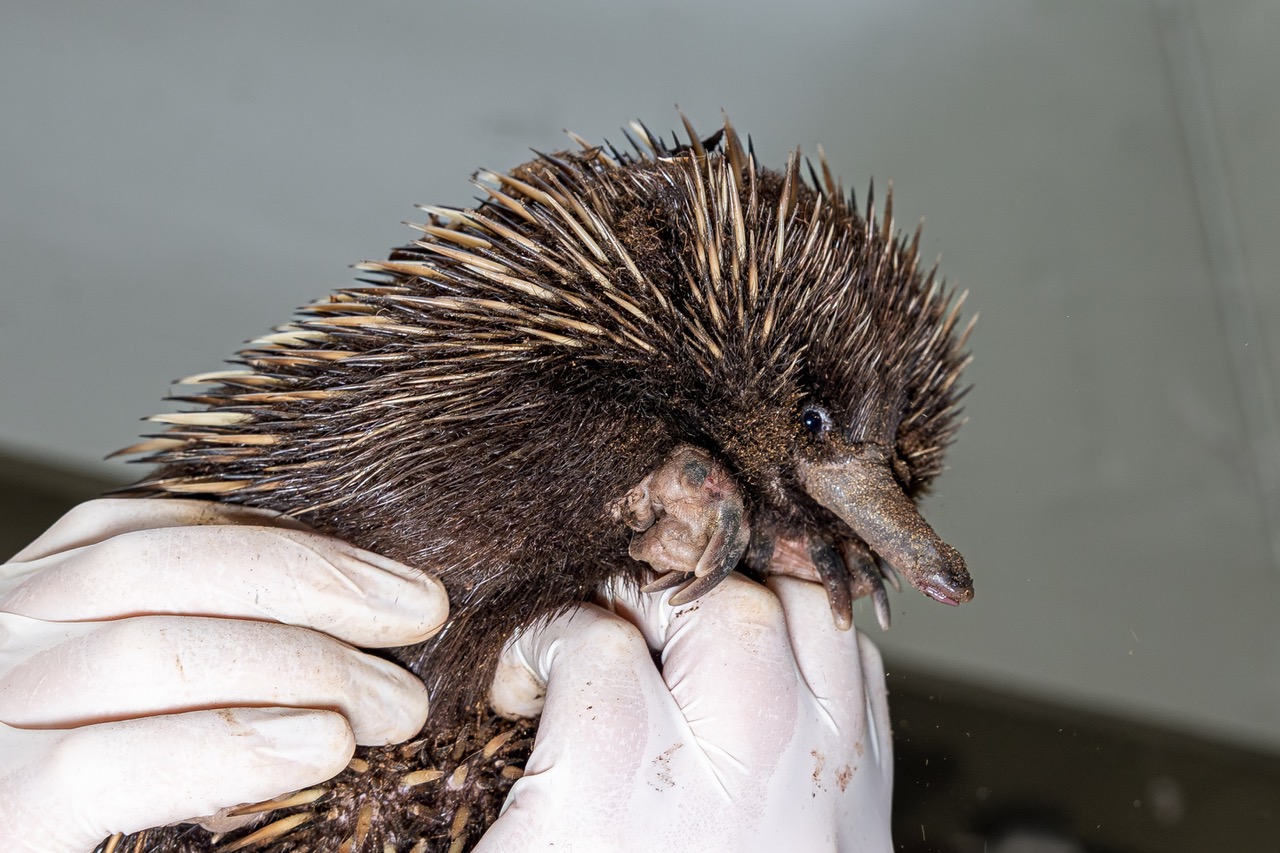
Australian marmot: The first cub born in Prague Zoo in 2021 unfortunately died during the transition from mother’s milk to solid food. However, the second cub, which left its mother’s pouch at the beginning of February 2023, has already overcome this critical period with the ample help of veterinarian and breeders. It now weighs more than
1.5 kg. For the time being, we call the successfully reared baby hedgehog Pýchavka. In the first shots, when it did not yet have very visible spines, it looked like a puffball mushroom. Photo by Miroslav Bobek, Prague Zoo
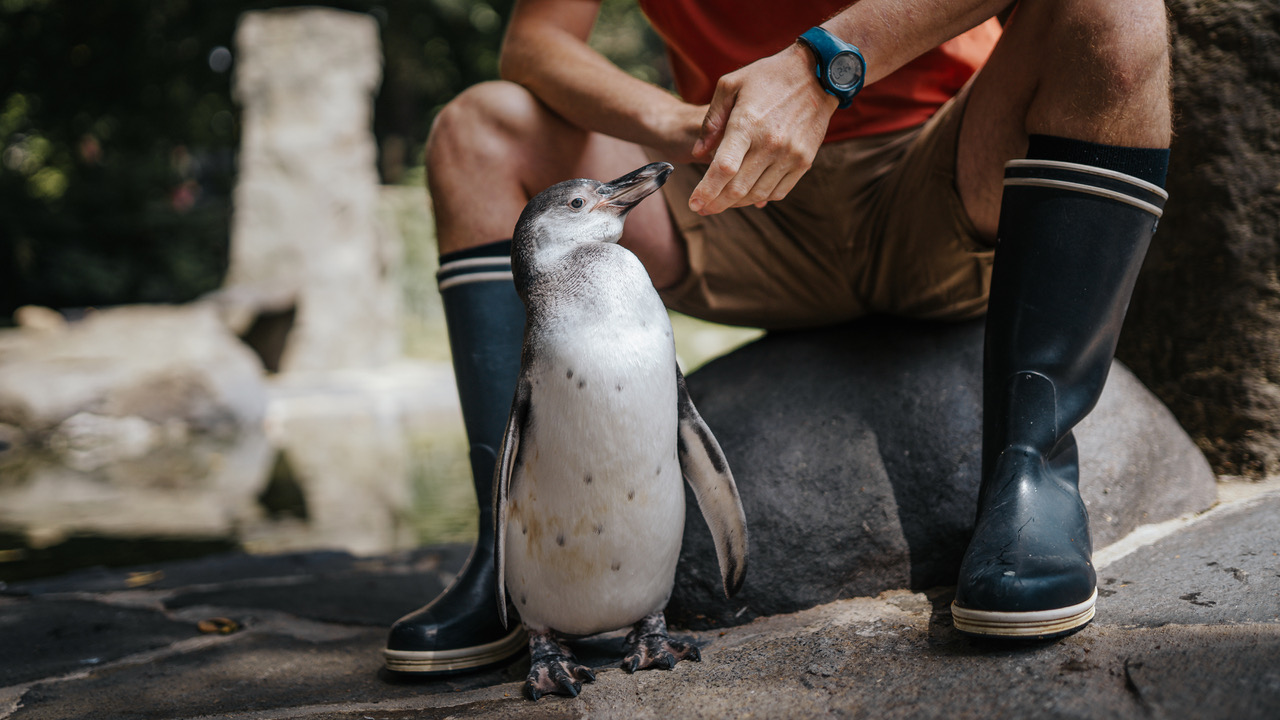
Humboldt’s penguin: This year, the Prague flock of penguins grew by four members, but the story of one of the chicks was extraordinary. A little penguin named Burtík hatched on March 3rd and has shown a tremendous amount of tenacity. On the 19th day of his life, he was kicked out of the nest, but thanks to the tireless care of the breeders, who painstakingly fed the young in the background, he survived. But he thought he belonged to the people. However, he also overcame the problem with socialization and today this miracle cub is already part of the group in the Penguin Pavilion. Photo by Tereza Šolcová, Prague Zoo
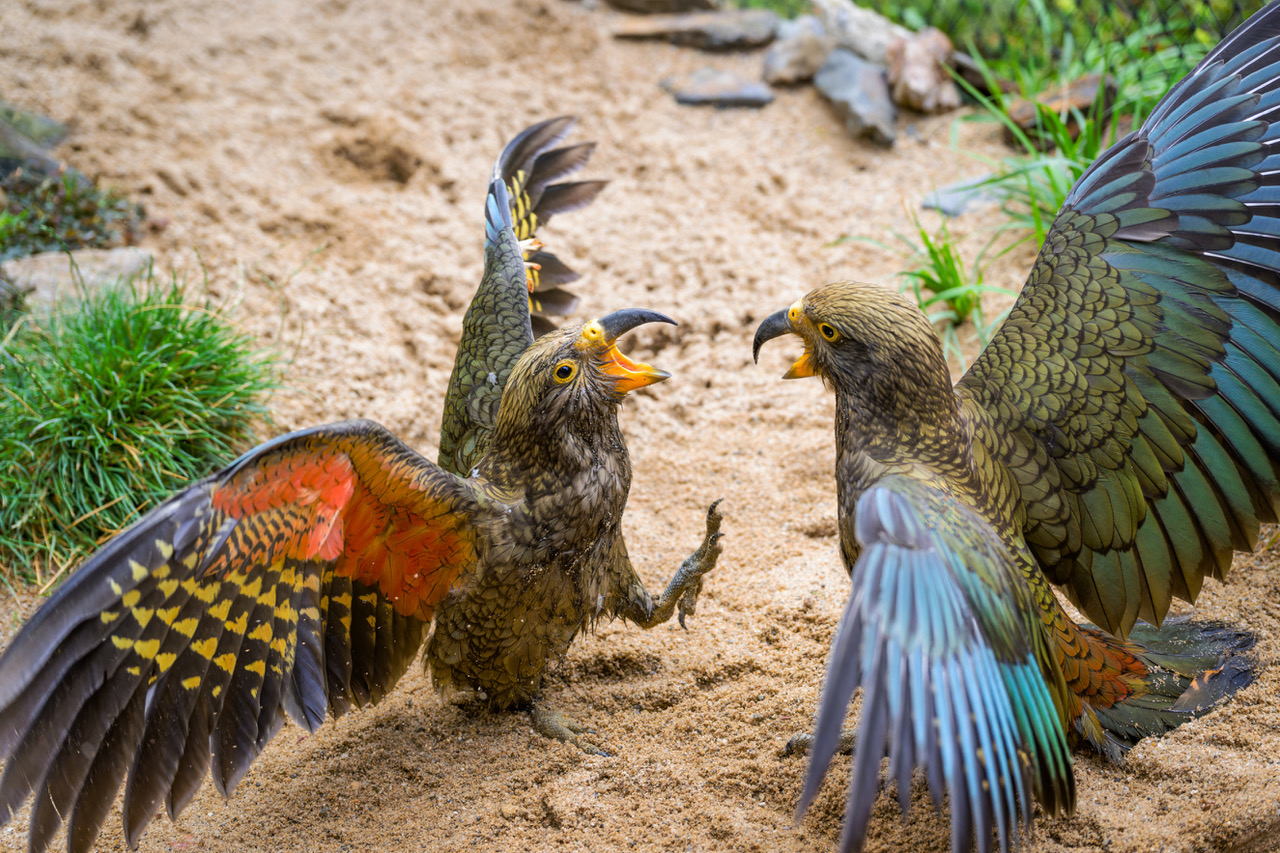
Nestor kea: Two young of these high mountain parrots hatched at the turn of February and March. Judy’s inexperienced mother was nesting for the first time, so the breeders preferred to place her eggs in a hatchery. At the beginning of the summer, the pair was placed in a nest hole behind a contact grid. Parents get to their presence gradually they got used to it and subsequently they both started taking care of them. It was an adoption by one’s own parents. The process was successful and today the two young birds – respectively the fourth and fifth chicks of this endangered species at the Prague Zoo – are considered to have been bred. Photo by Petr Hamerník, Prague Zoo
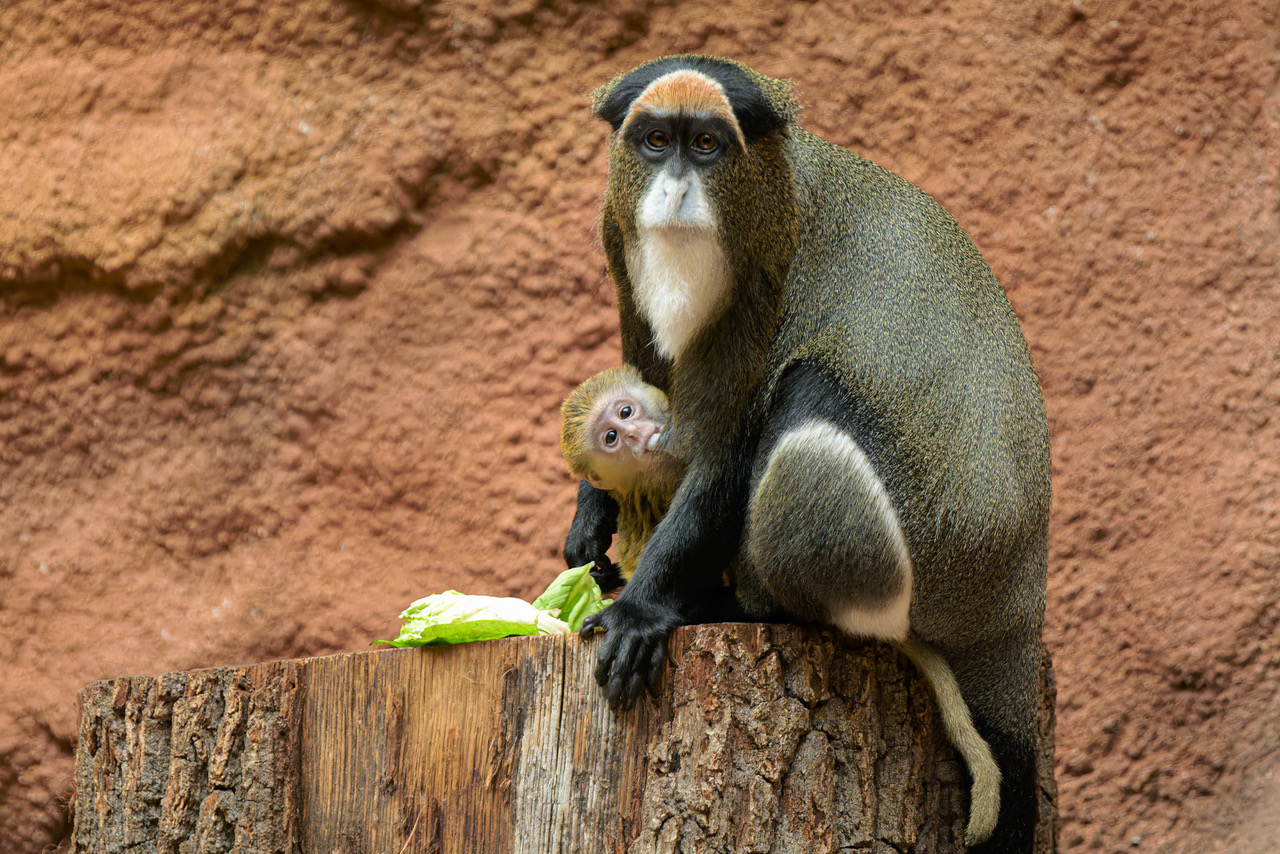
Brazzo’s tomcat: The Brazzo’s tomcat cub was born early in the morning on March 8 to experienced mother Anastasia. It was later given the name Zulu by the comedian and actor Lukáš Pavlášek. Mother Anastasia prepared a surprise for breeders and gave birth to a second cub at the beginning of November. No one expected her to become pregnant after such a short period of time. Today, people can observe both cubs in the newest pavilion of the Prague Zoo, in the Dja Reserve. Photo by Petr Hamerník, Prague Zoo
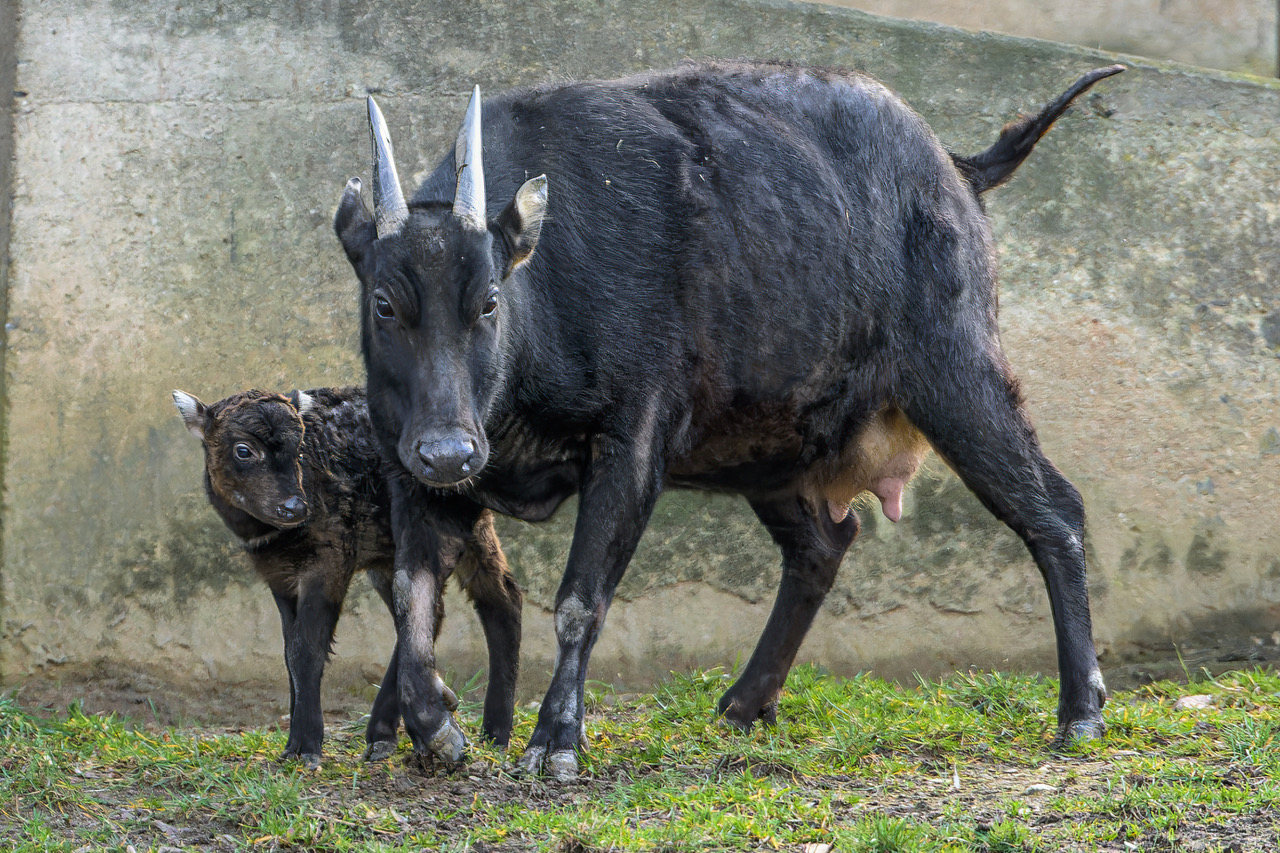
Lowland anoa: Guaranteed to be the most significant addition among ungulates this year is the young lowland anoa. One of the smallest tours in the world is threatened in nature by illegal hunting, deforestation, drying up of wetlands, and diseases brought by domestic cattle. According to estimates, there are only 3,000-5,000 individuals left and numbers are rapidly declining. At the same time, their zoo population is rapidly aging. At first, no one hoped for this year’s cub, also because of the old age of the parents. Today it is already bred and represents the seventh such success in the history of their breeding at the Prague Zoo.
Photo by Petr Hamerník, Prague Zoo
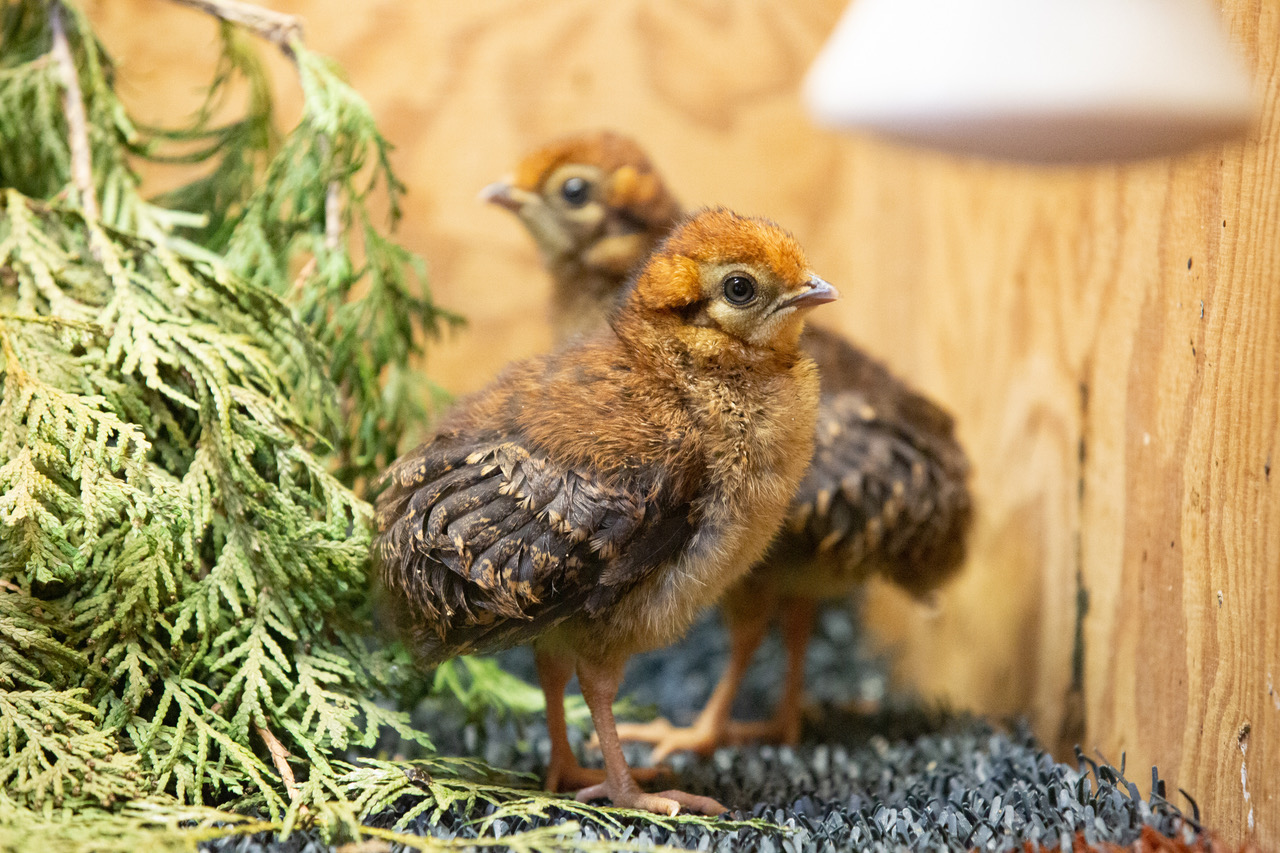
Red-lobed Hoko: The very first chicks of this Brazilian bird in the Czech Republic hatched right on April Fool’s Day, April 1. The Prague Zoo acquired this rare species of burrowing bird, which is unfortunately on the verge of extinction, in 2021 and this year’s cubs increased the European population to 30 individuals. Photo by Tereza Mrhálková, Prague Zoo
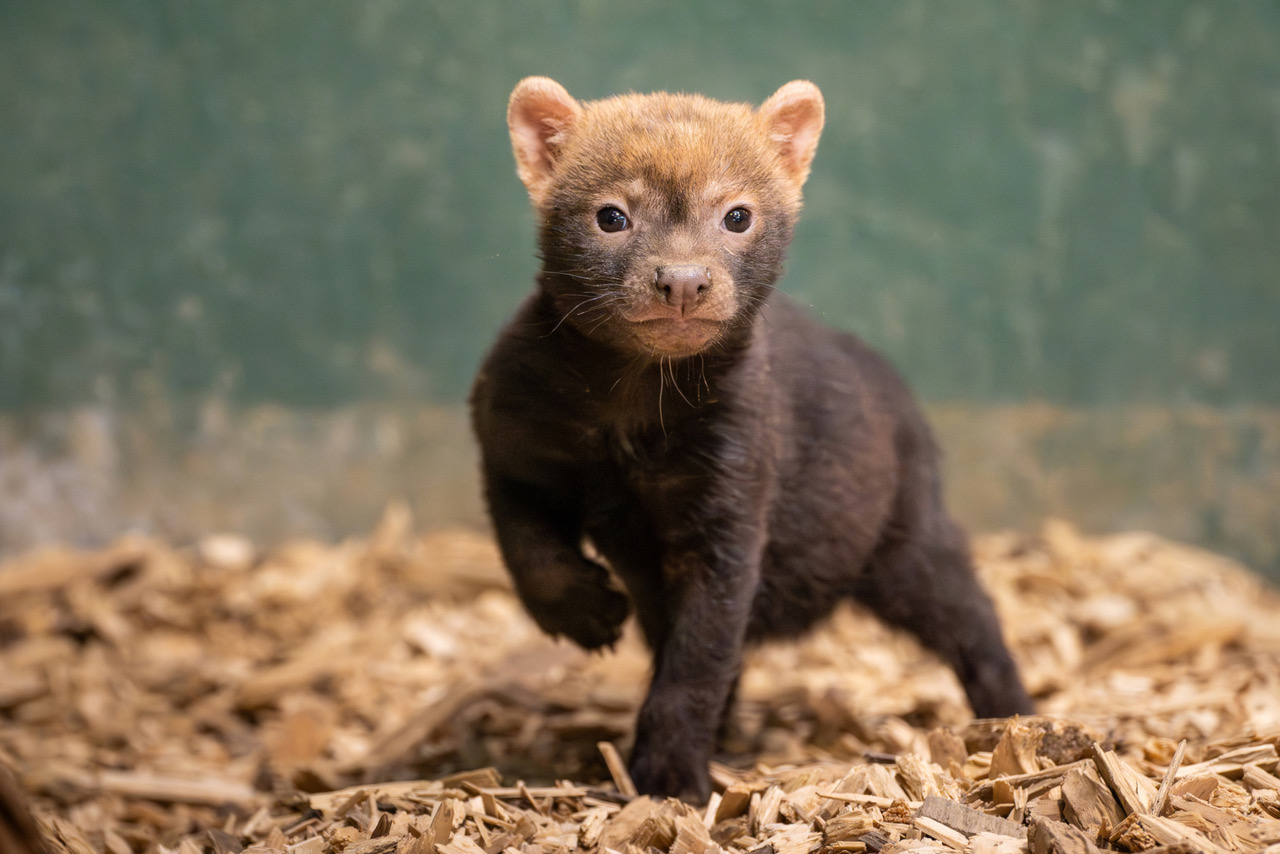
Forest dog: Twin forest dogs were born to a newly formed breeding pair on April 8, and the first visitors could see them since June. These are delicate and rarely bred animals, whose reproduction was successful in the Prague Zoo after five years. On October 28, they were baptized by the mayor City of Prague Bohuslav Svoboda – the young males were named Flip and Dino. Photo by Oliver Le Que, Prague Zoo
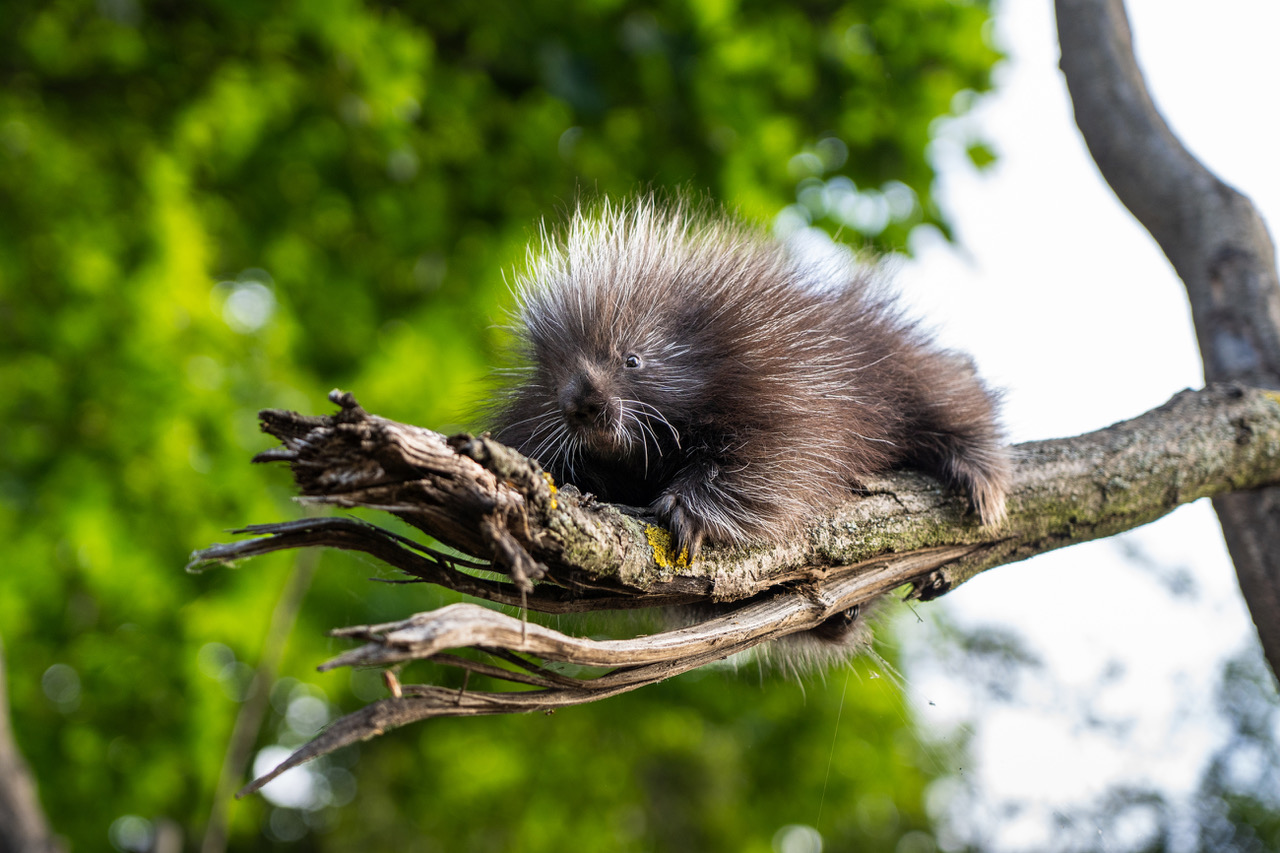
Canadian Urzon: The female of this spiny rodent was born on April 28 as only the sixth cub of this species at the Prague Zoo. She was born in the hinterland where urzons, sensitive to wet weather, spend the winter. She visited the enclosure in June and today she lives in the Ostrava Zoo, where she went to strengthen the breeding there.
Photo by Oliver Le Que, Prague Zoo
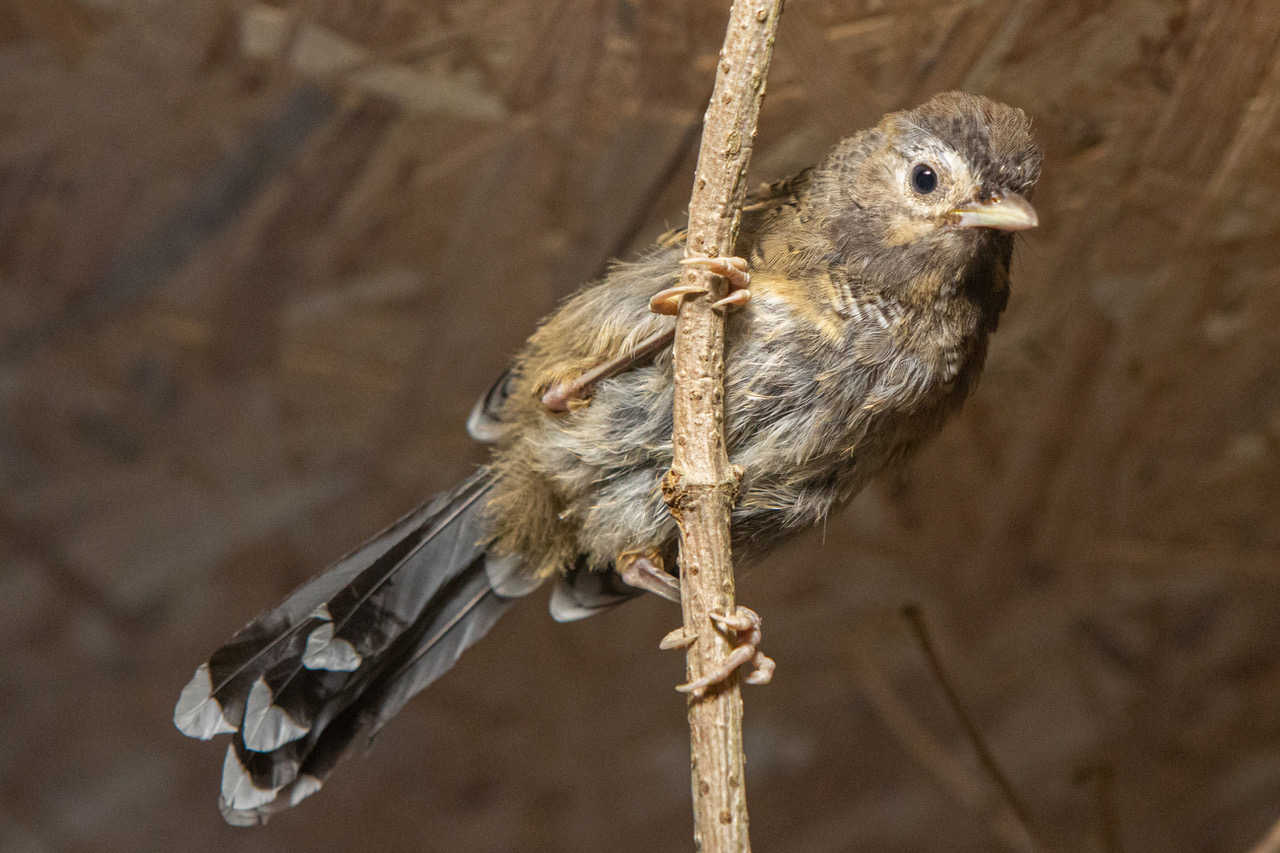
Wave-crested jay: The rare-bred wave-crested jay was bred by the Prague Zoo as the first in the world in 2011. It repeated the success on a global scale in 2014 and this year. We have three cubs after nine years, which is still the only documented breeding in zoos around the world. People will find an inconspicuous gem in the Sichuan Pavilion. Photo by Tereza Mrhálková, Prague Zoo
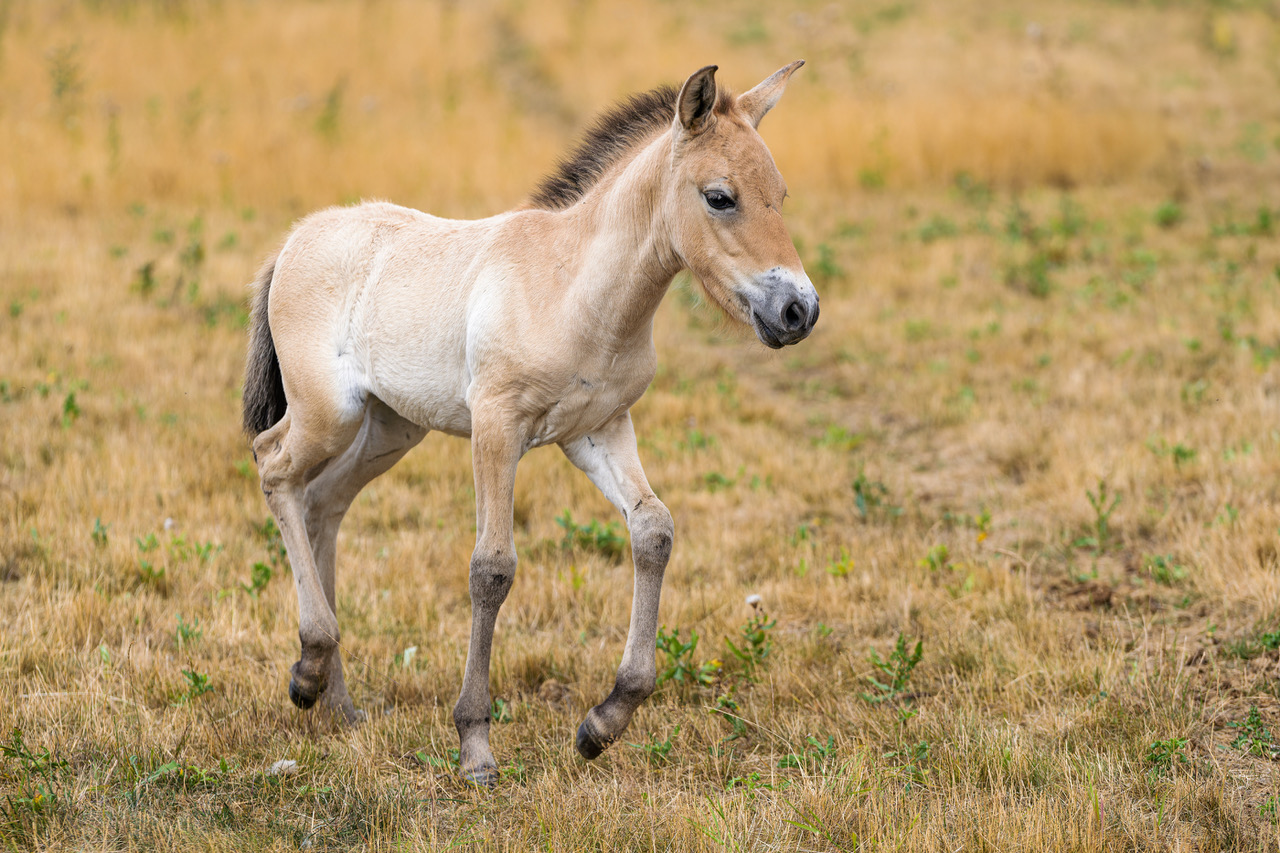
Převalské’s horse: The iconic Převalský horse has been thriving at the Prague Zoo for decades, but this year the first calf was born directly in the paddock at Prague’s Maiden’s Castle. The filly was later named Barunka by Prime Minister Petr Fiala. In 2024, Převalský’s horses will have a lot of news: among other things, they will return to the zoo grounds in the spring after years, and in addition to a completely new exhibition. In addition, the Prague Zoo will begin the reintroduction of these last wild horses of the world to Kazakhstan. Photo by Petr Hamerník, Prague Zoo
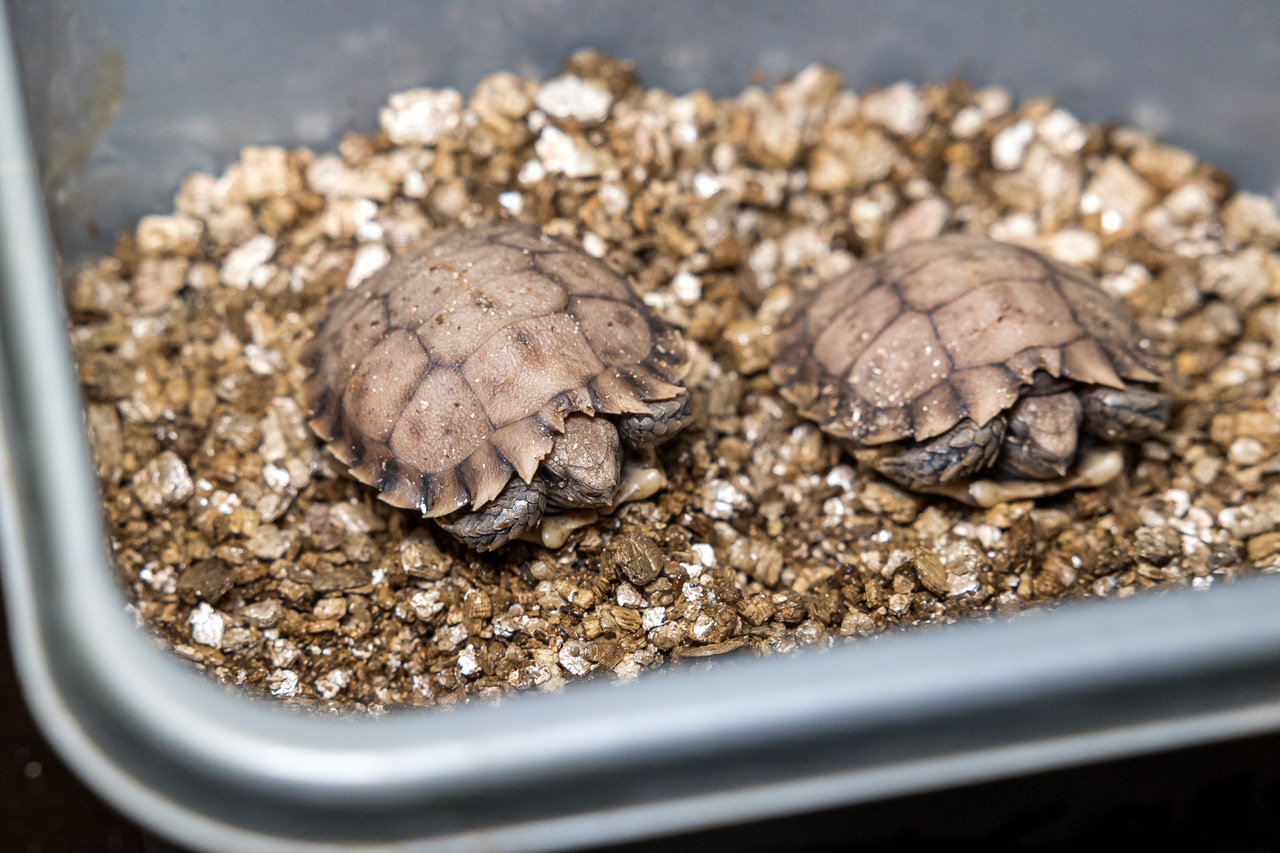
Loggerhead turtle: An extraordinary breeding success was the hatching of two loggers. The young of these delicate sponge-eating reptiles were hatched here, as in the first ever zoo on the entire continent. Until recently, they were even considered untouchable by the world. According to reptile curator Petr Velenský, fifteen years of effort were behind the breeding. Photo by Miroslav Bobek, Prague Zoo
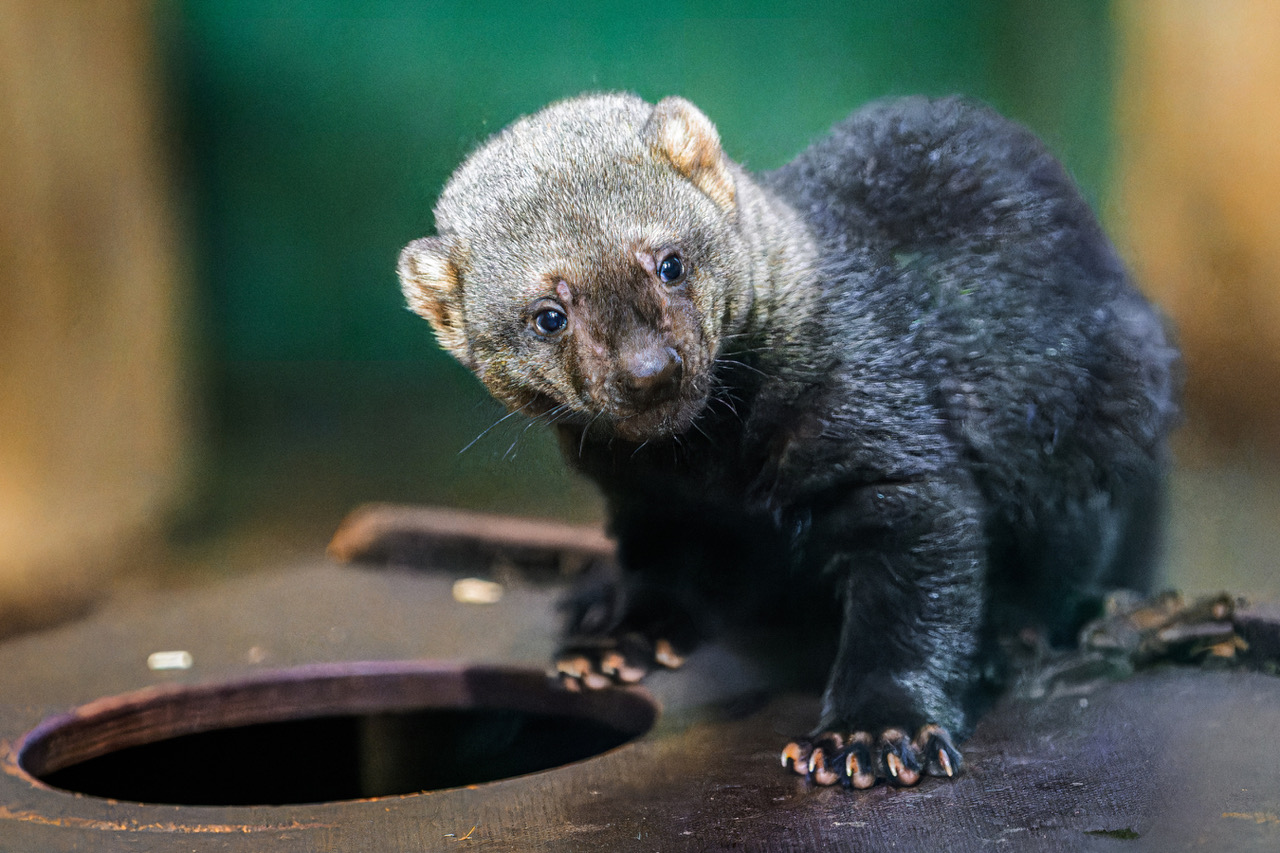
Tayra: Two tayr cubs, or Brazilian marten, were born on June 21 and stayed in the safety of the burrow for a long time. Tayres are born blind and completely helpless, while their mother nurses them for up to three months. Therefore, the first visitors did not see them until the end of August. Both cubs have already switched to the meaty diet of adults and are enjoying good health. Photo by Petr Hamerník, Prague Zoo
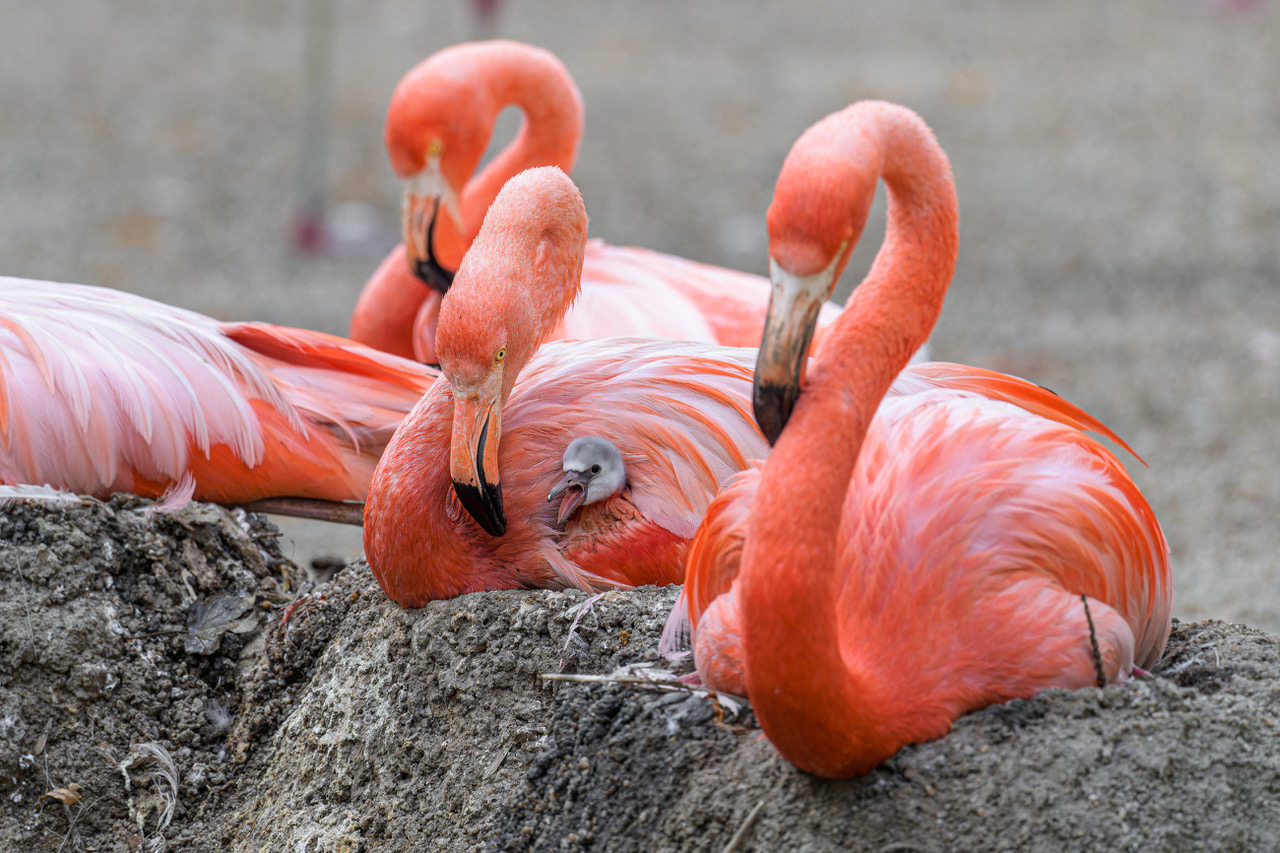
Pink flamingo: All three species of flamingos that the Prague Zoo keeps reproduce here regularly. It is, however, it is remarkable that one of this year’s offspring of pink flamingos was raised by a couple of Cuban flamingos. Interspecies fosters take in a baby bird after it hatches in a hatchery and is bedded under them during their incubation period. Photo by Petr Hamerník, Prague Zoo
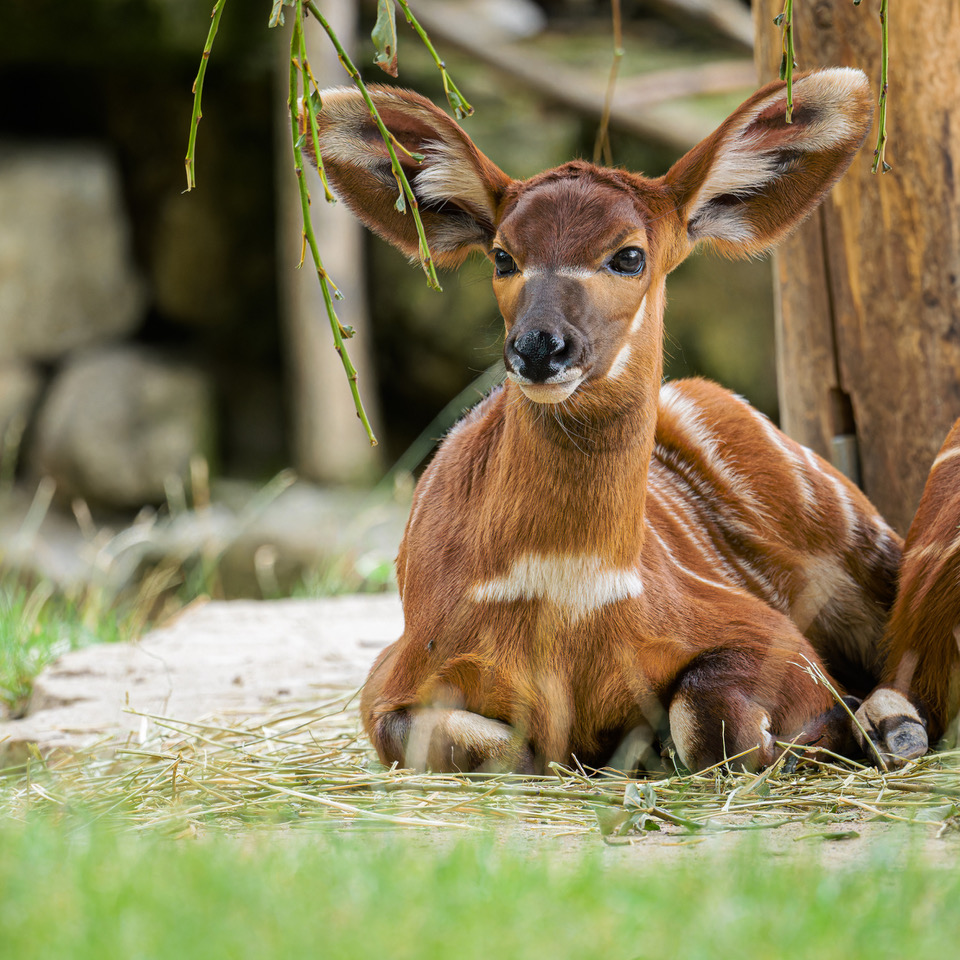
Mountain bongo: Critically endangered mountain bongo antelopes have had a very successful year at the Prague Zoo. Three cubs were born here. One of them, however, met a much harder fate – the July female bongo was orphaned on the seventh day of her life after her experienced fourteen-year-old mother Maureen died of postpartum complications to everyone’s sorrow. Fortunately, the cub managed to socialize with the rest of the herd before the mother’s death. Two other females, who also have this year’s cubs in the paddock, provided the rescue. To make matters worse, little Pippi was spooked by unruly visitors in September and crashed into a fence. She also recovered from the breathing problems that occurred after her injury, and today the indomitable Pipi is a solid part of the herd. Photo by Petr Hamerník, Prague Zoo
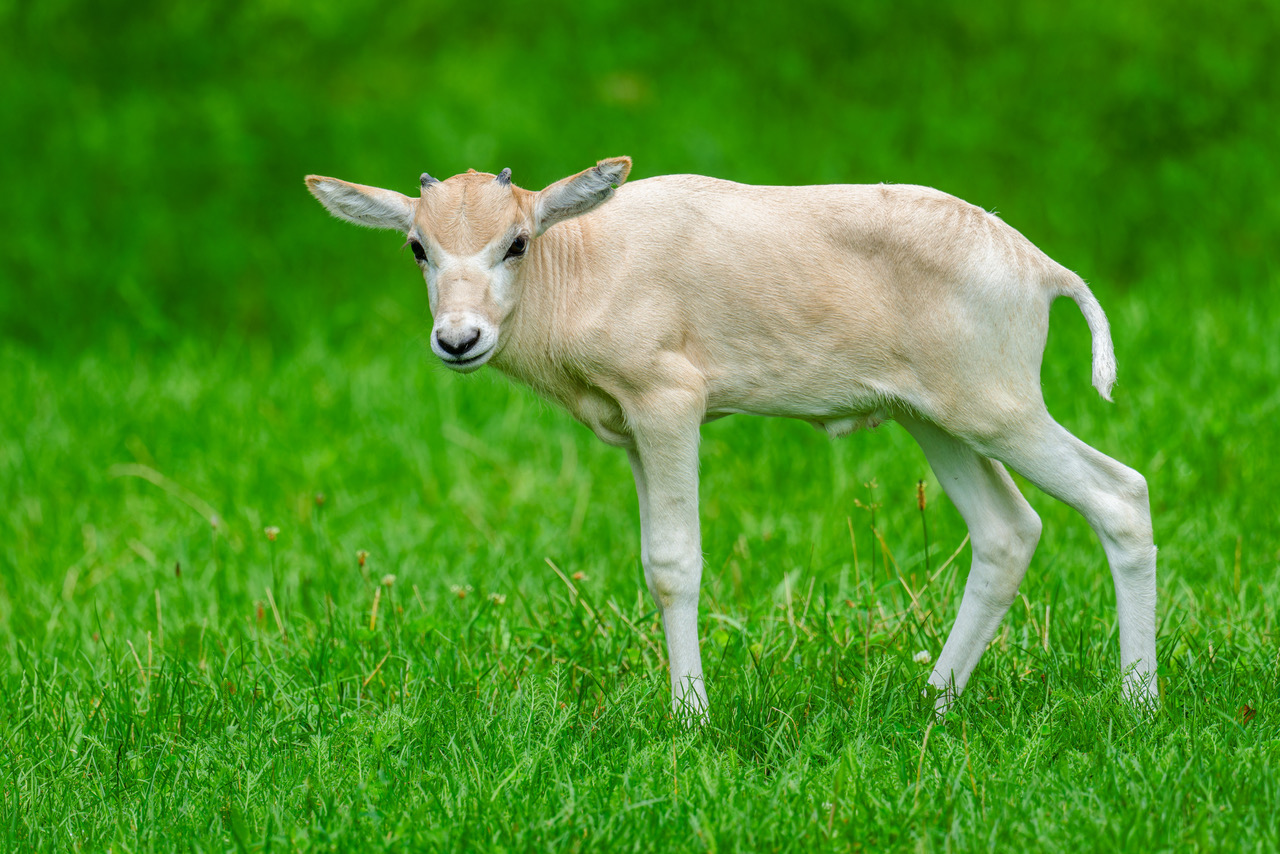
Adax: In June, a female Adax desert antelope was born, and since August, a small male has been keeping her company in the enclosure. Both cubs are thriving, while in nature the population of this species together does not amount to more than a hundred individuals. In the photo, the younger of the cubs, a male born in August. Photo by Petr Hamerník, Prague Zoo
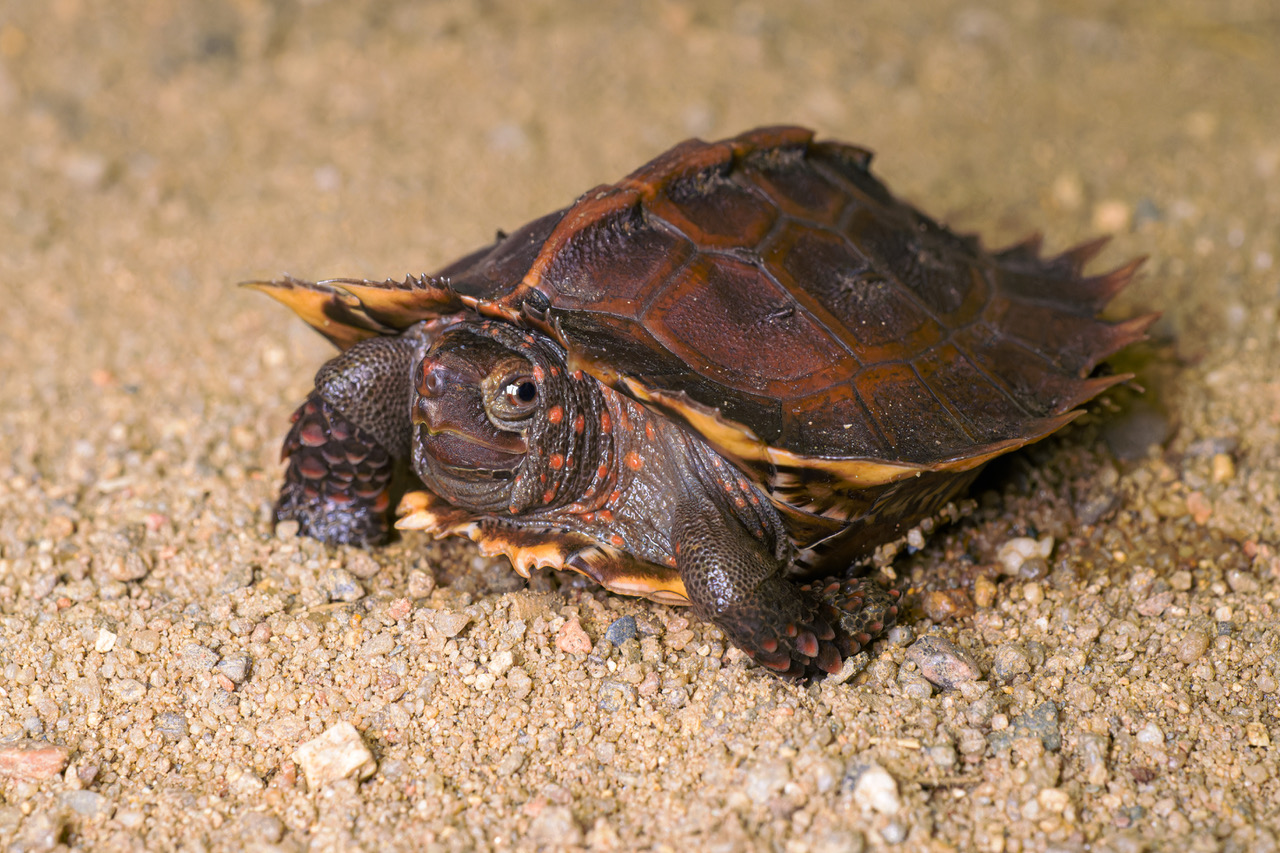
Spiny turtle: This year’s spiny turtle hatchlings are not only this year’s only hatchlings of this species in the whole of Europe, but at the same time it is the first achievement of the second generation (along the female line) after the parents who were seized at the beginning of the century in Hong Kong. They were originally supposed to target Asian meat markets. Among other things, the current cubs confirm the meaning of the conservation work of zoos. Photo by Petr Hamerník, Prague Zoo
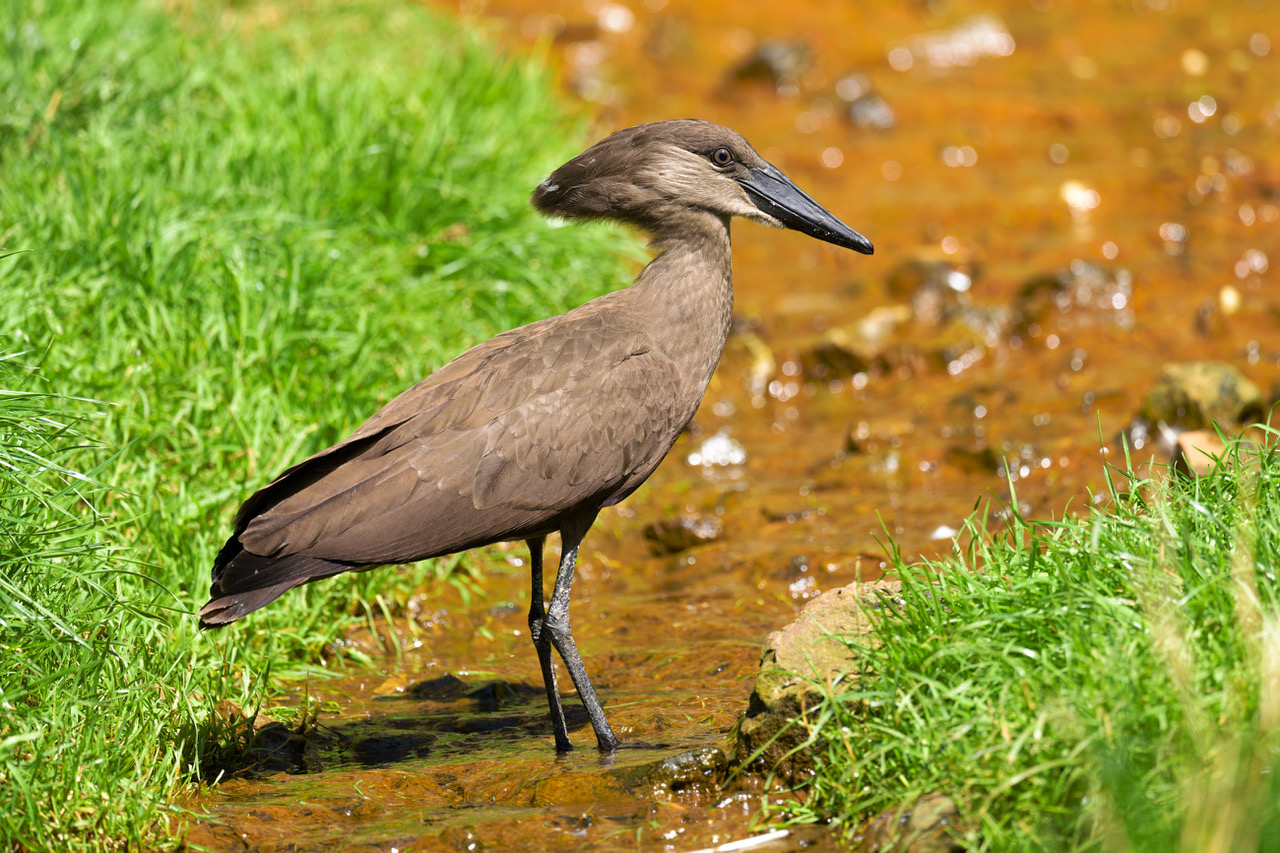
African woodpecker: A huge roofed nest with an entrance corridor already fascinated visitors passing through the aviary of the African rock under the cable car at the beginning of summer. After all, it measured almost two meters in diameter! In July, two chicks of these remarkable birds, shrouded in many myths in their homeland, flew out of it. Photo by Petr Hamerník, Prague Zoo
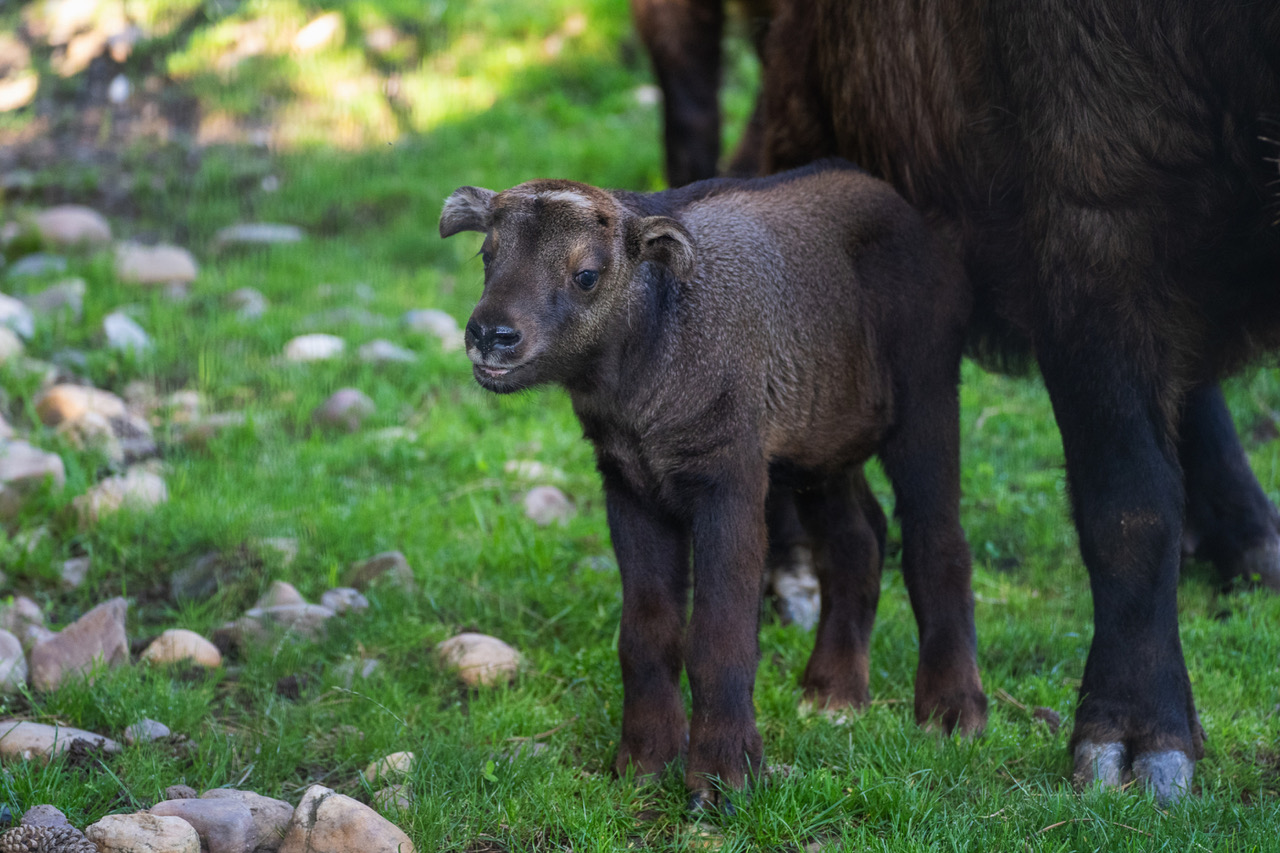
Indian takin: Of the two young Indian takins born this year, the breeders were especially surprised by the second one. Normally, females end estrus in September, so no one expected that one of the females would be mated by the male in December. When a healthy male was born in August, it was a wonderful surprise for the zoo. Photo by Oliver Le Que, Prague Zoo
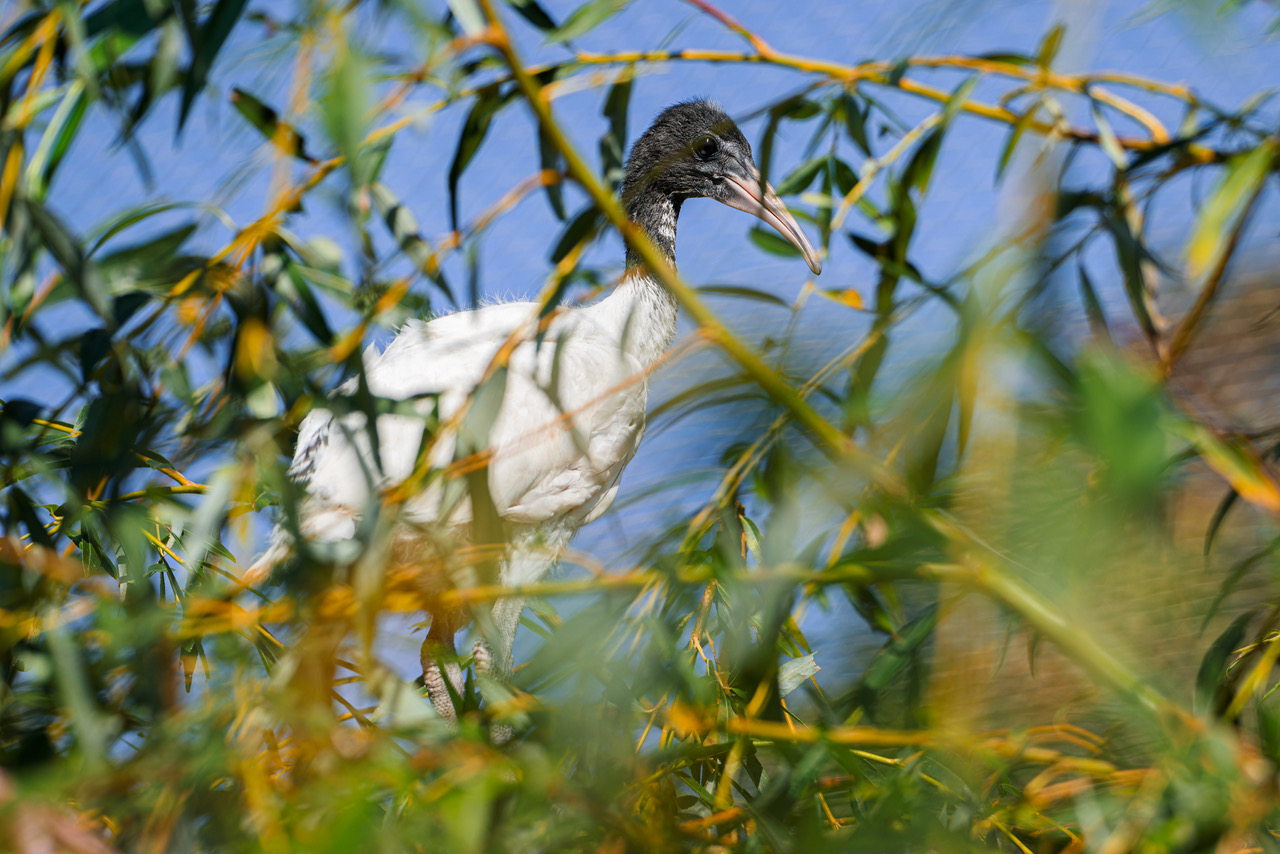
Blue-eyed ibis: The rare blue-eyed ibis, which lives in Madagascar and the Seychelles, was bred by the Prague Zoo for the very first time. Together with the breeding of the white-faced ibis, which was also successful here for the first time this year, the team of bird curator Antonín Vaidl achieved great success: they finally bred all eleven species of ibis that the Prague Zoo currently keeps. Photo by Petr Hamerník, Prague Zoo
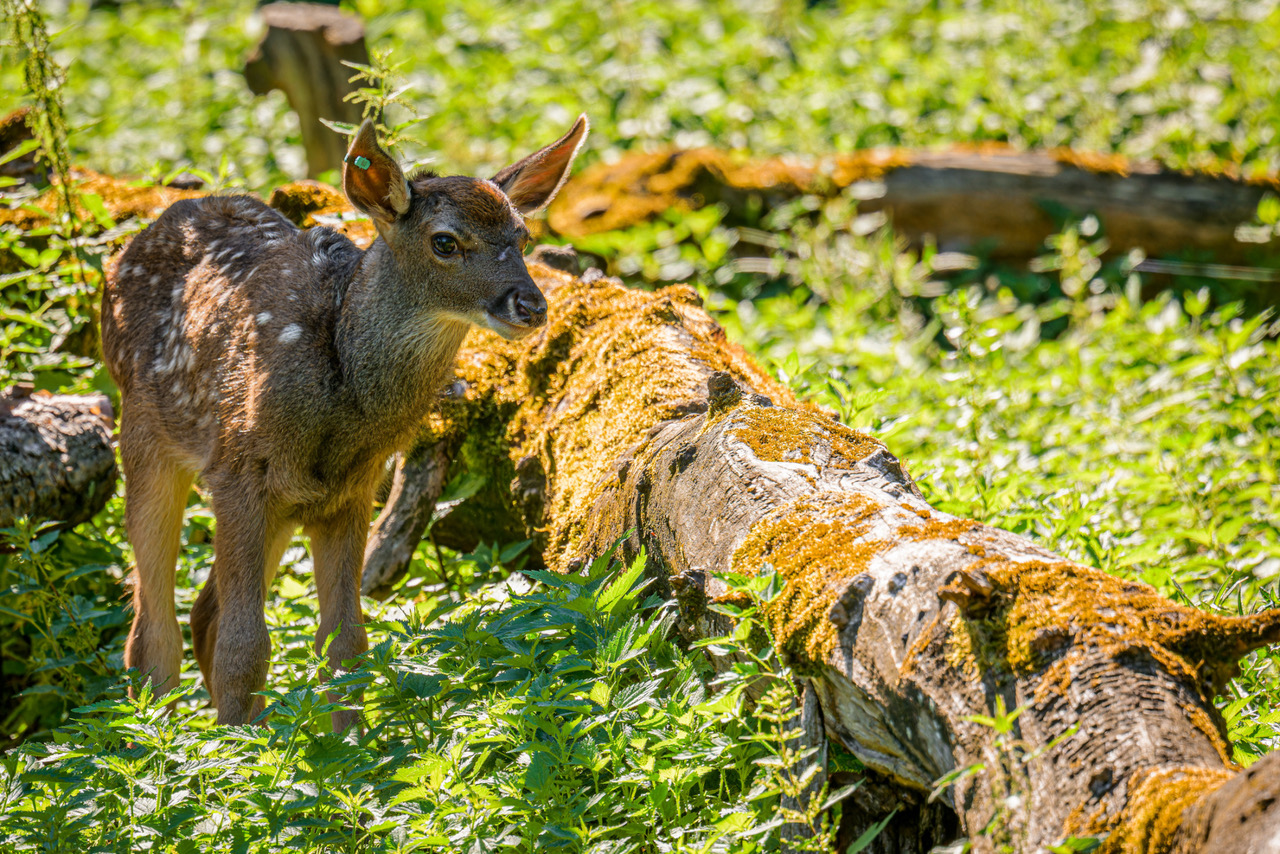
White-lipped deer: Even in the Asian white-lipped deer enclosure, two cubs were born this year. Beautiful full-grown fawns can be seen in the Severský les exhibition complex. A small male is pictured. Photo by Petr Hamerník, Prague Zoo
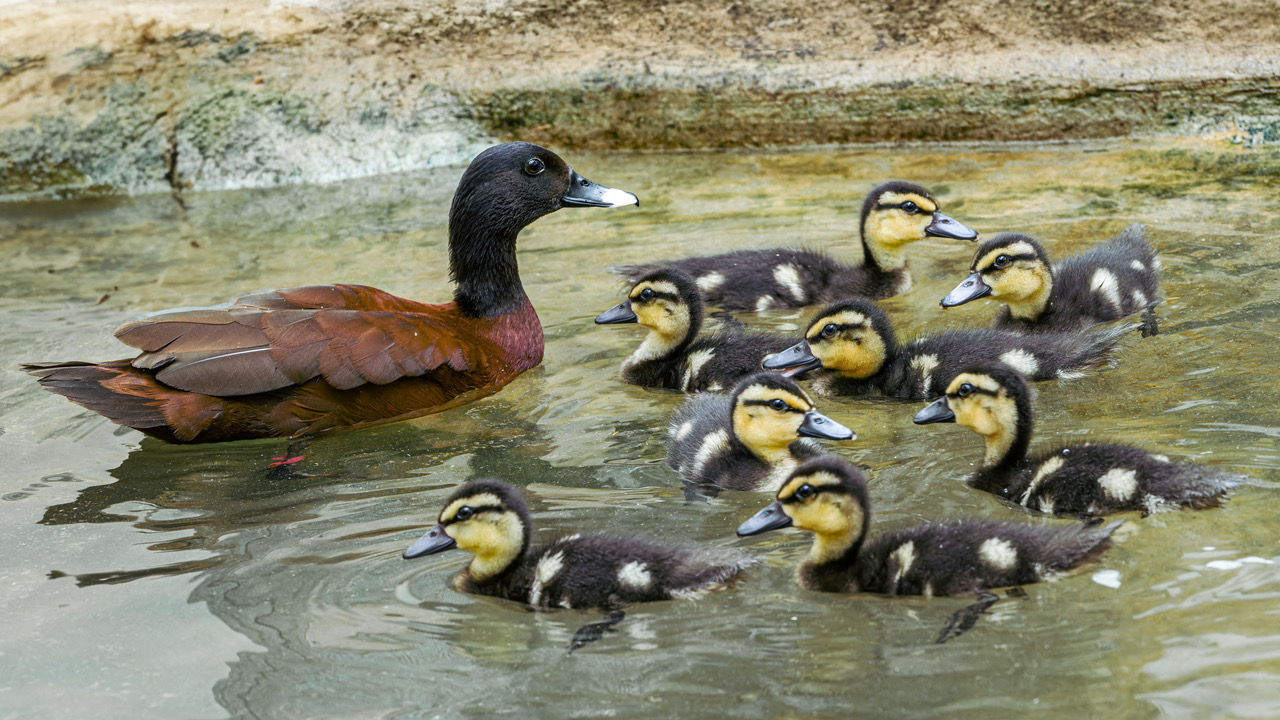
Congo muskrat: As many as eight young Congo muskrat hatched in August at the Prague Zoo in the background of the tropical greenhouse. This rare duck lives hidden in the forests of central Africa and not much is known about it. The first two individuals came to us from the breeding center in Louisiana (USA) in 2020. A year later, we were the first zoo in the Czech Republic to breed them. Breeding Congolese muskrats in human care is not easy, especially concerning dietary restrictions. You can currently only see them in five European zoos. Photo by Petr Hamerník, Prague Zoo
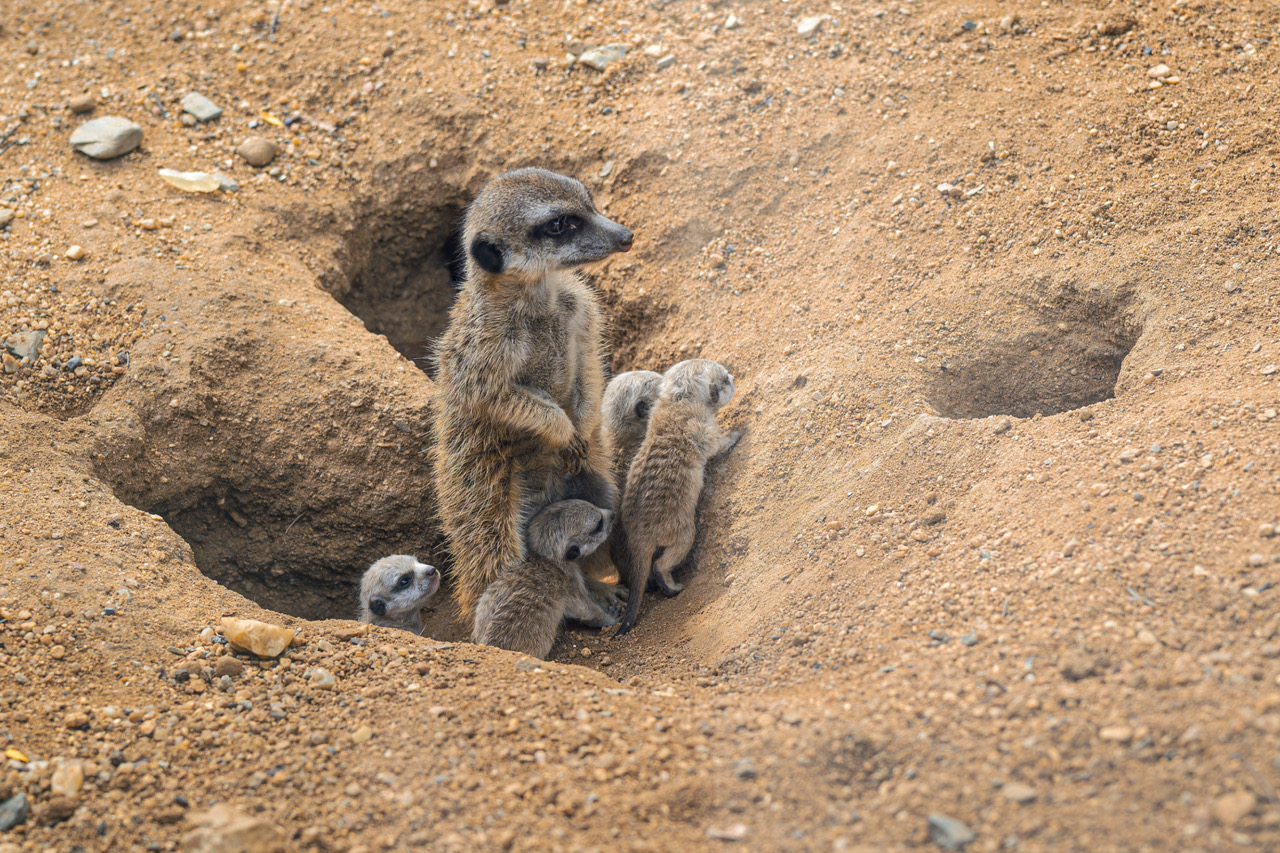
Meerkat: Meerkats, very popular with visitors, pleased us with two litters this year. People can observe cubs of various ages in the Africa House exhibit. Photo by Petr Hamerník, Prague Zoo
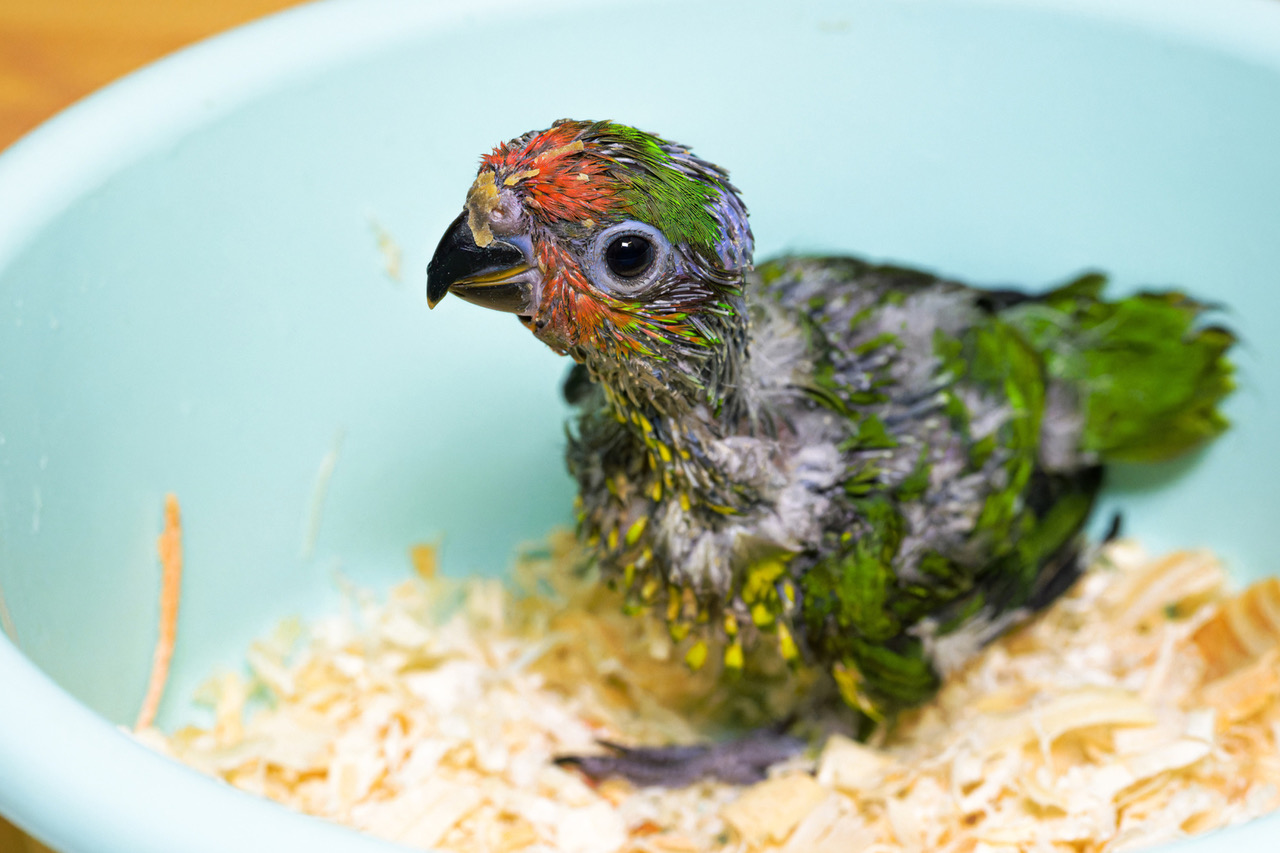
Wavy loris: In the hinterland of the Indonesian jungle, at the end of the summer, a young Wavy Lory was raised – a species in which the Prague Zoo is the most successful among European zoos. He has been breeding it since 2011, and the bird in the picture already wears the number 68, so it is no wonder that he earned the nickname “little Jagr”. Photo by Petr Hamerník, Prague Zoo
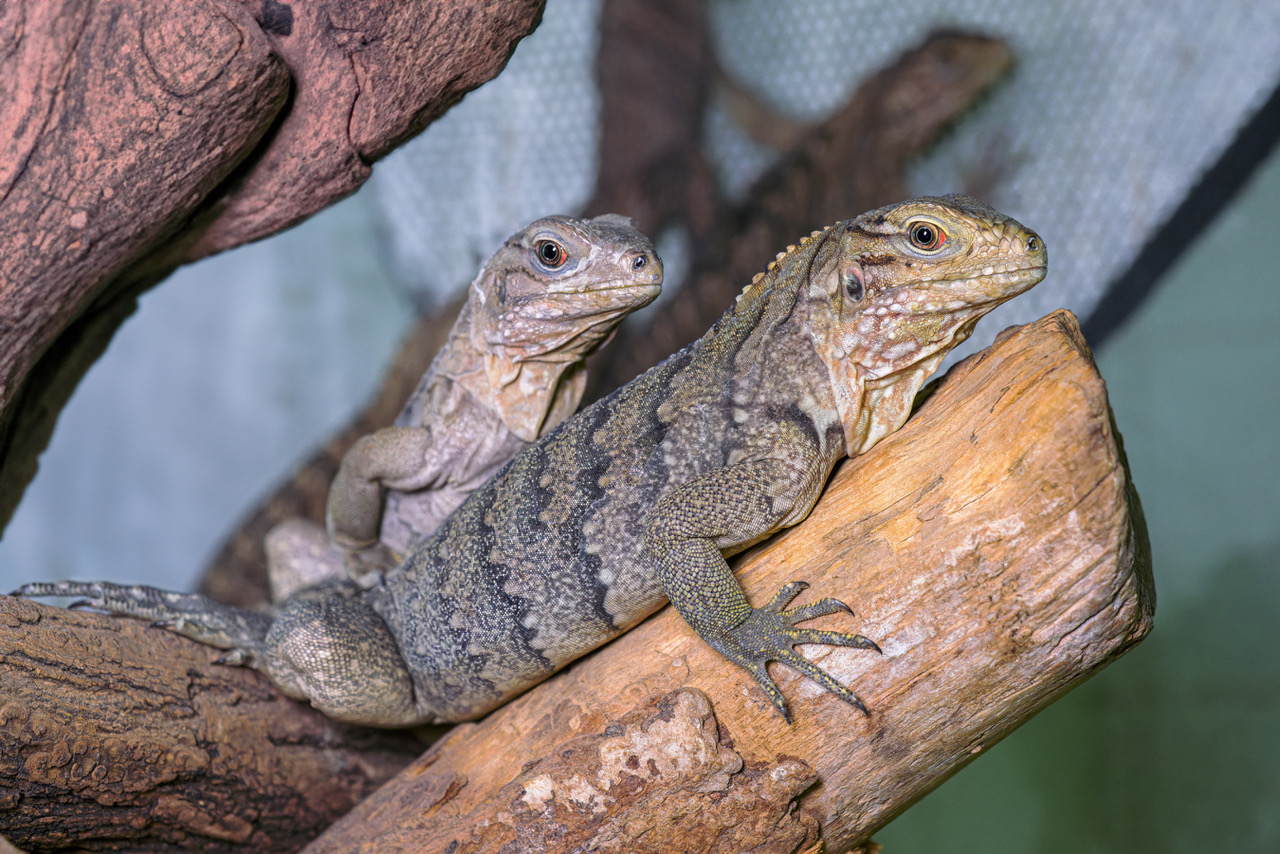
Cuban iguana: At a record age, the legendary male Cuban iguana Pepíno left us this year and at the same time the last living animal with a star on the Walk of Fame in front of the main entrance to the Prague Zoo. In connection with this founder of the local breeding, it is good to mention that this year’s Cuban iguana cubs is the 25th in a row, and the current cubs also have Pepin’s blood running through their veins. Photo by Petr Hamerník, Prague Zoo
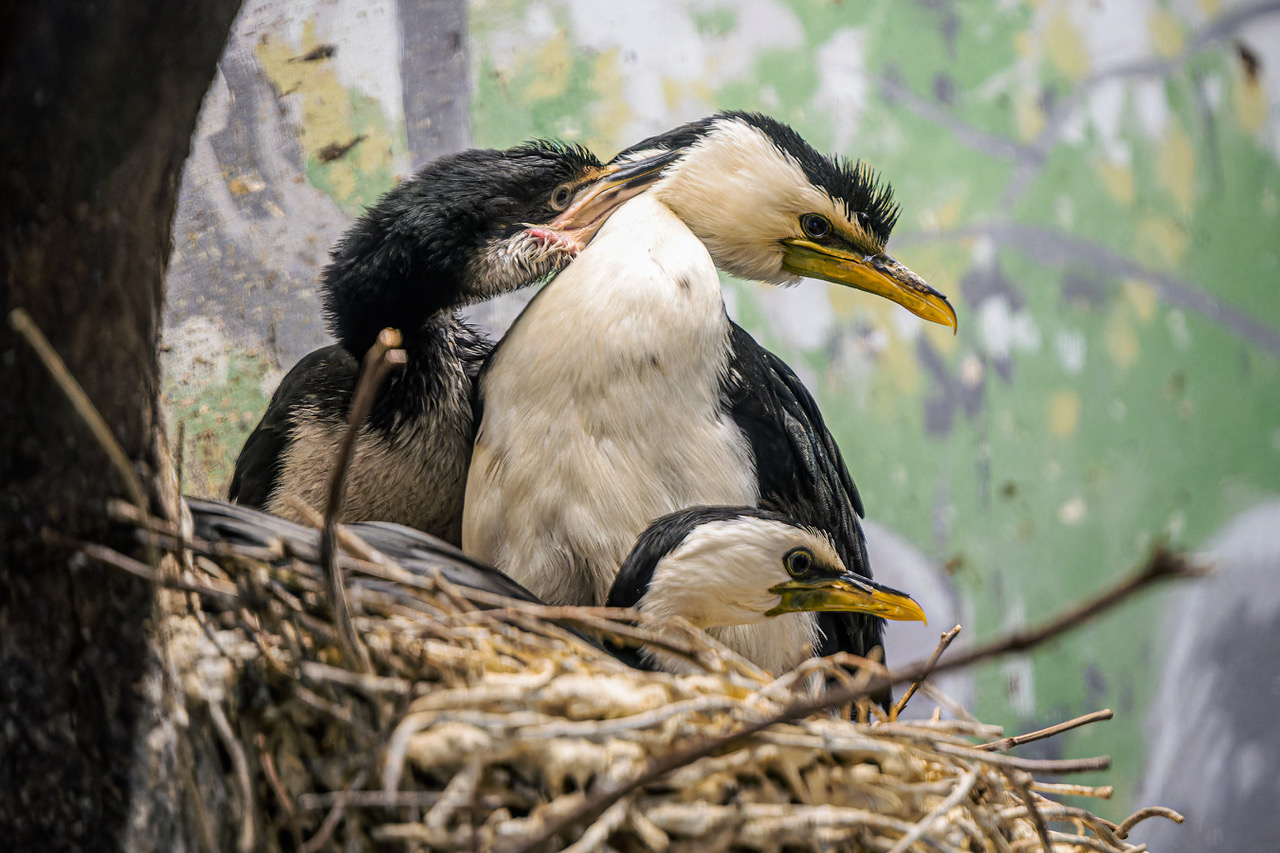
Black-and-white cormorant: The Prague Zoo recorded a record breeding of black-and-white cormorants this year. The inhabitants of Darwin’s Crater hatched fifteen young this year. The rare nesting season gives hope to keep this attractive species in European zoos. It is worth noting that the Prague flock is the most numerous in human care in the world. Photo by Petr Hamerník, Prague Zoo
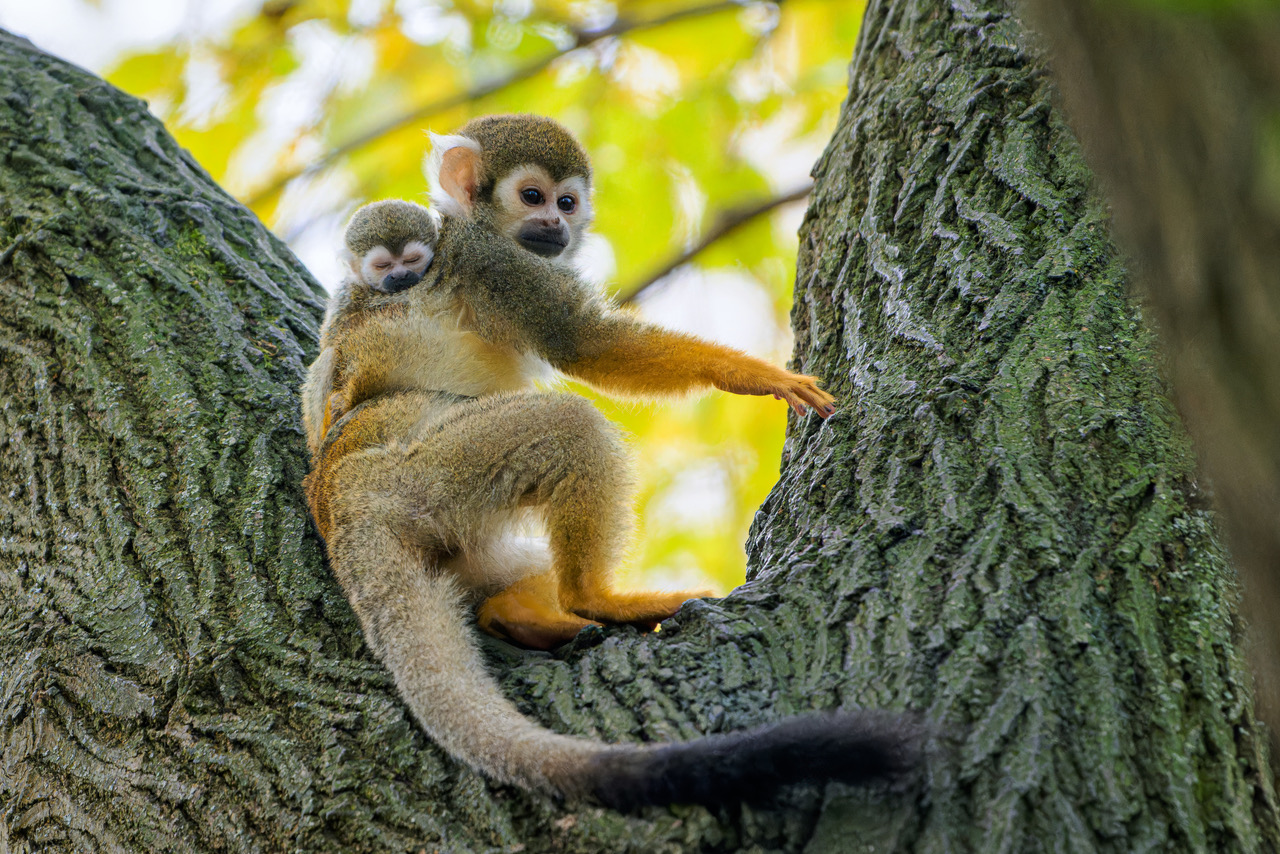
Squirrel monkey: Several young South American squirrel monkeys were born at the end of October. It is undoubtedly one of the cutest additions to the Prague Zoo this year. People can see them clinging to their mothers’ backs in an exhibit in the lower part of the zoo. Photo by Petr Hamerník, Prague Zoo
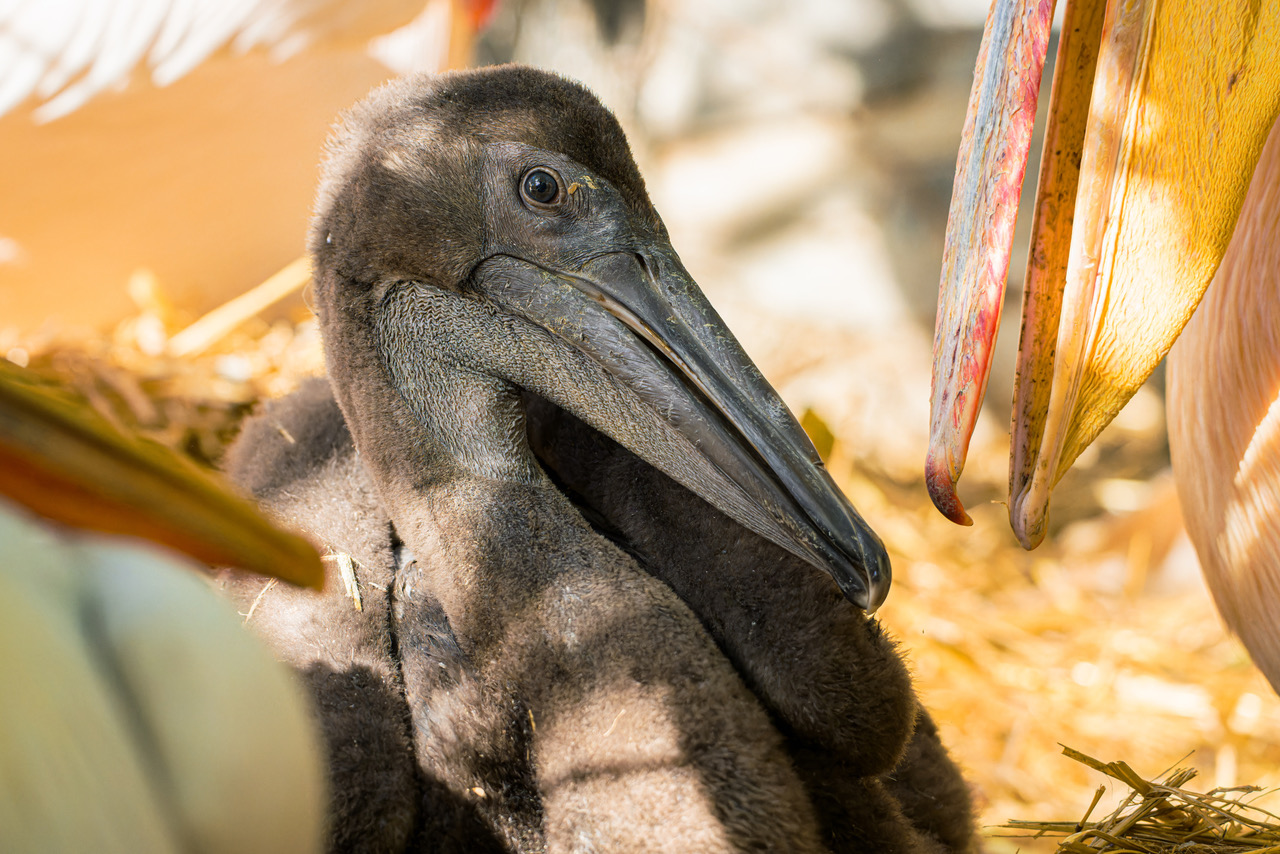
White pelican: Lecko will be surprised that pelicans usually only hatch with the arrival of domestic winter weather. Perhaps even more surprising, baby white pelicans are black in color. Of course, this year’s ones are no exception. Photo by Petr Hamerník, Prague Zoo
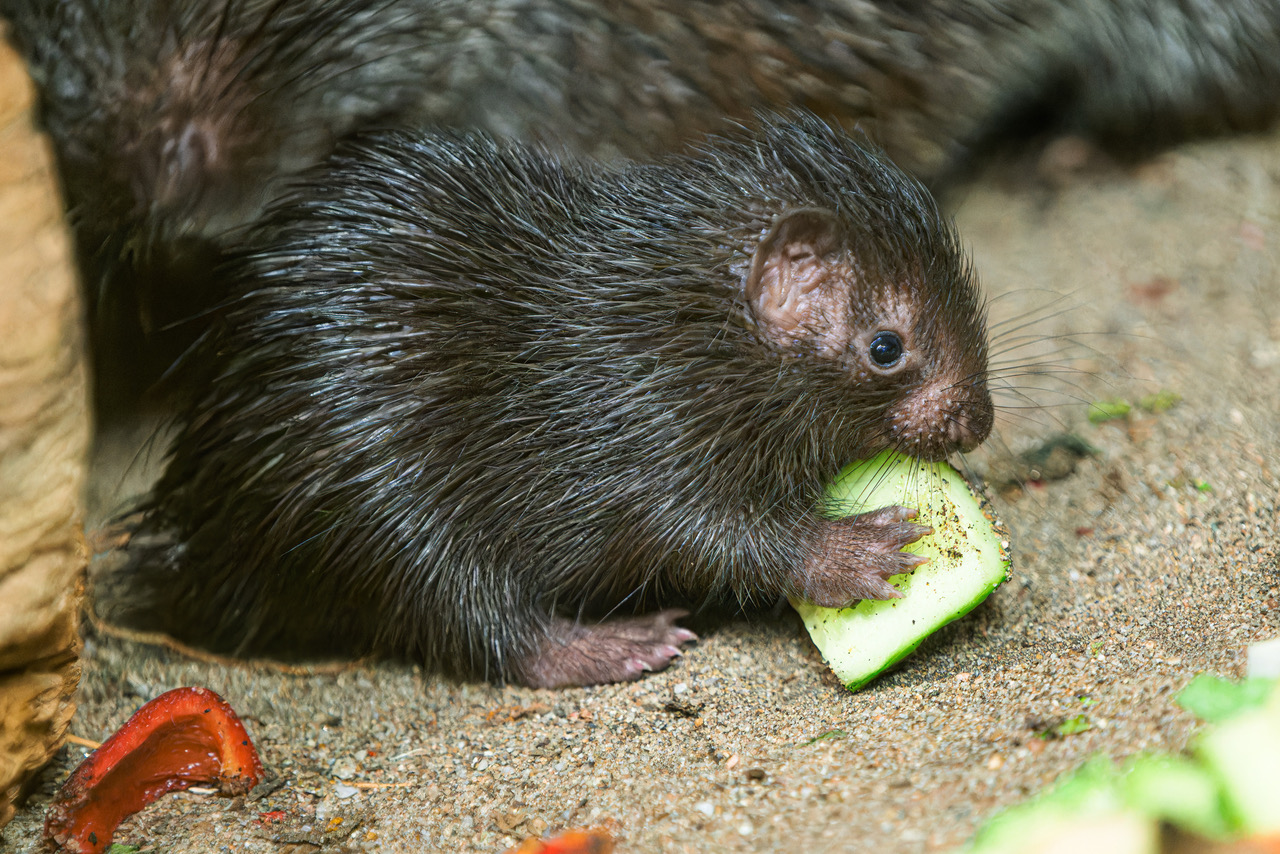
Palawan porcupine: At the beginning of December, we were pleased with the tenth baby Palawan porcupine. This rare island species is listed on the IUCN Red List. Hunting and deforestation are behind its declining numbers. Only nine zoos in Europe keep it, and that is why our addition is valuable as a breeder. The spiny family lives in the Indonesian Jungle Pavilion. Photo by Petr Hamerník, Prague Zoo

